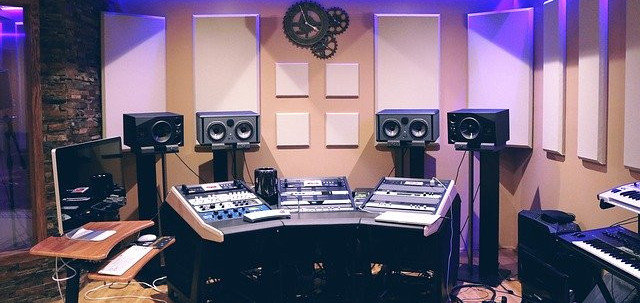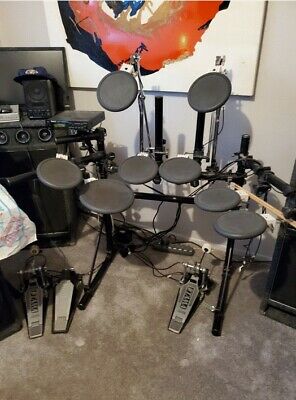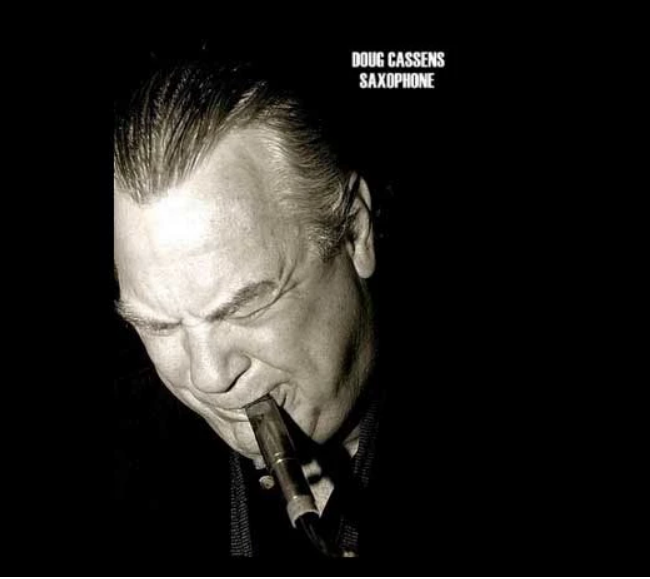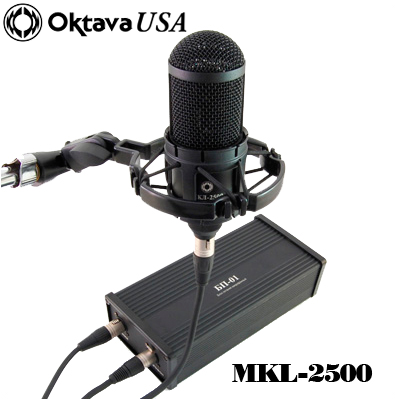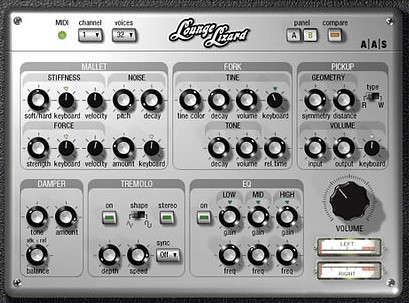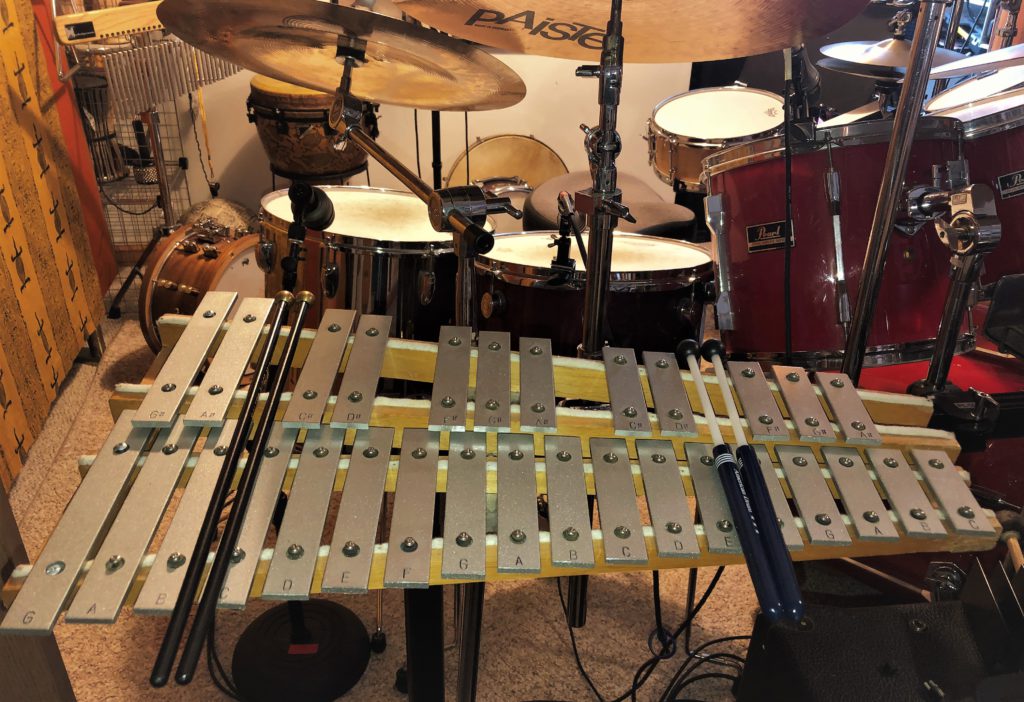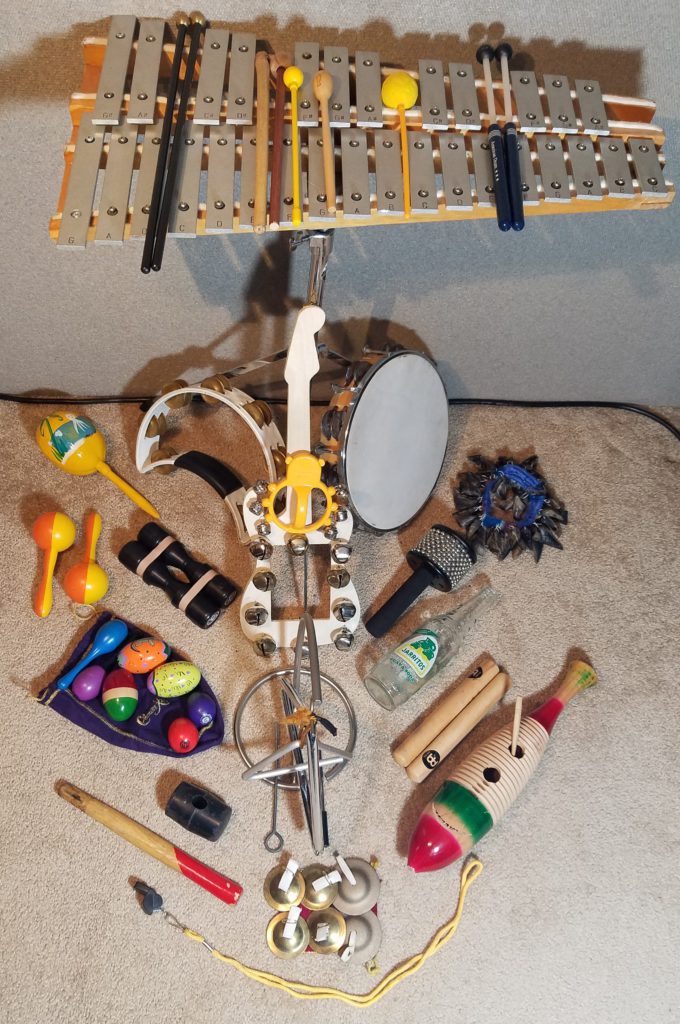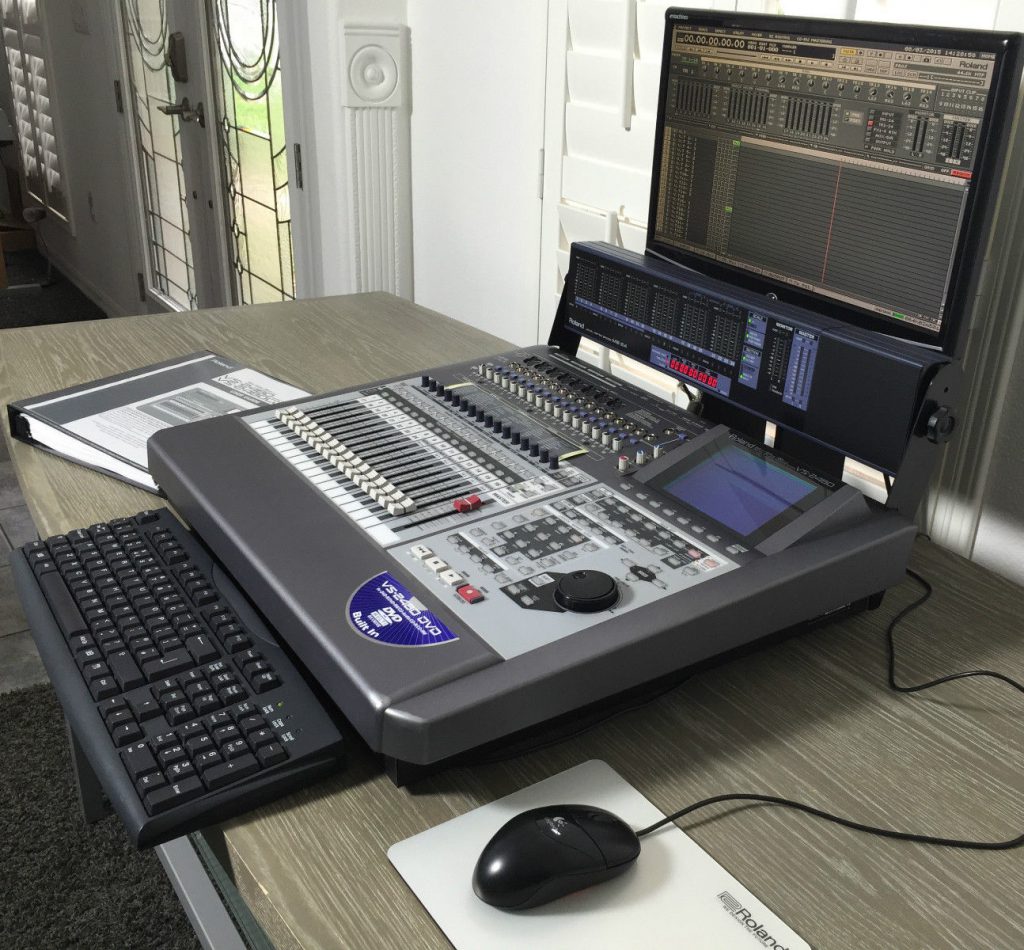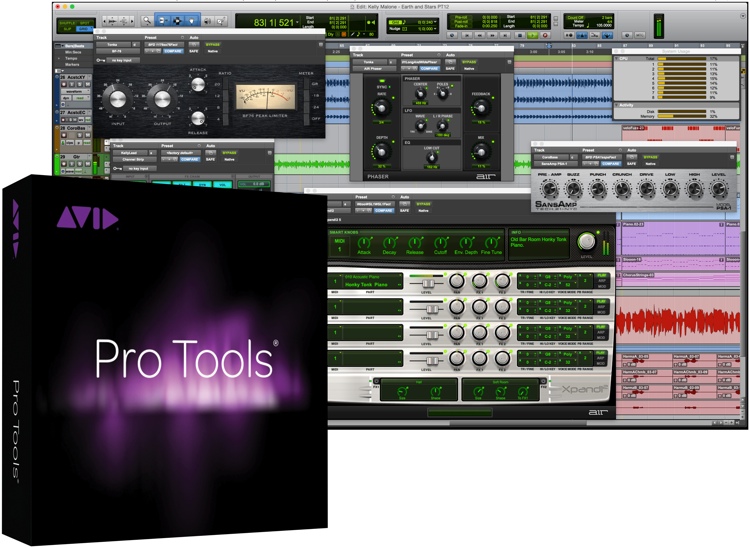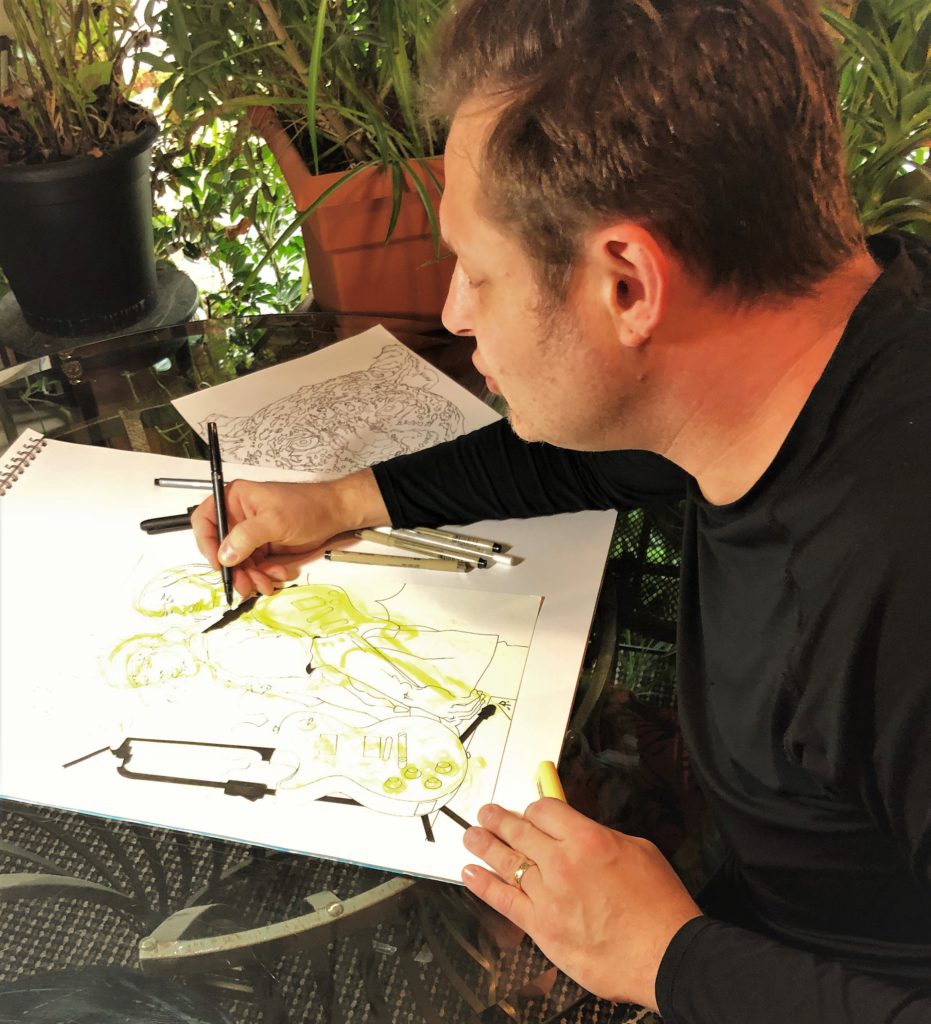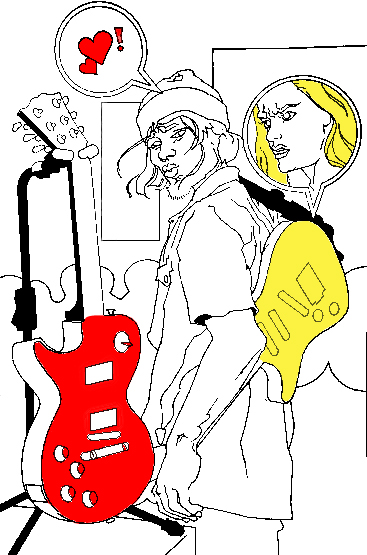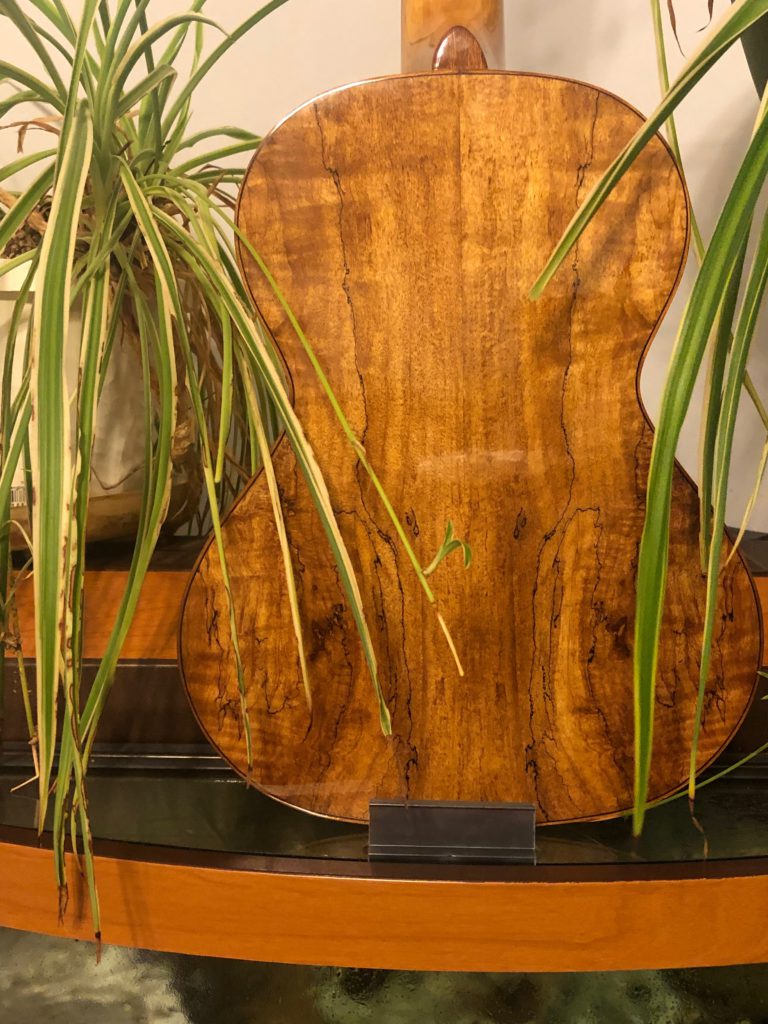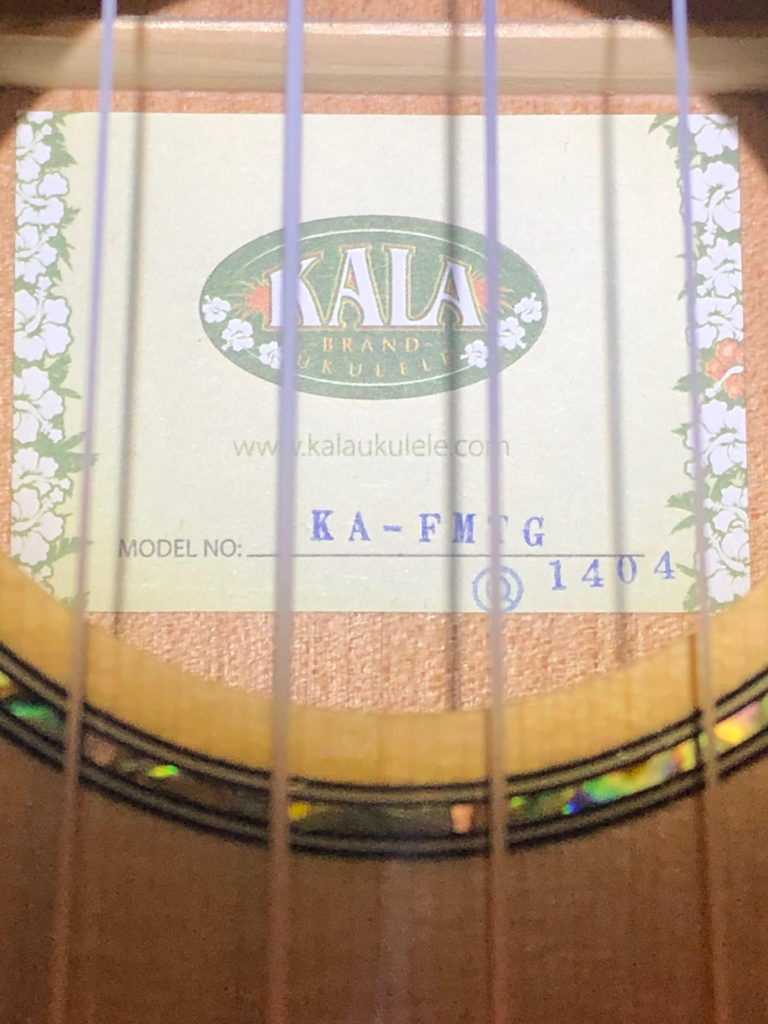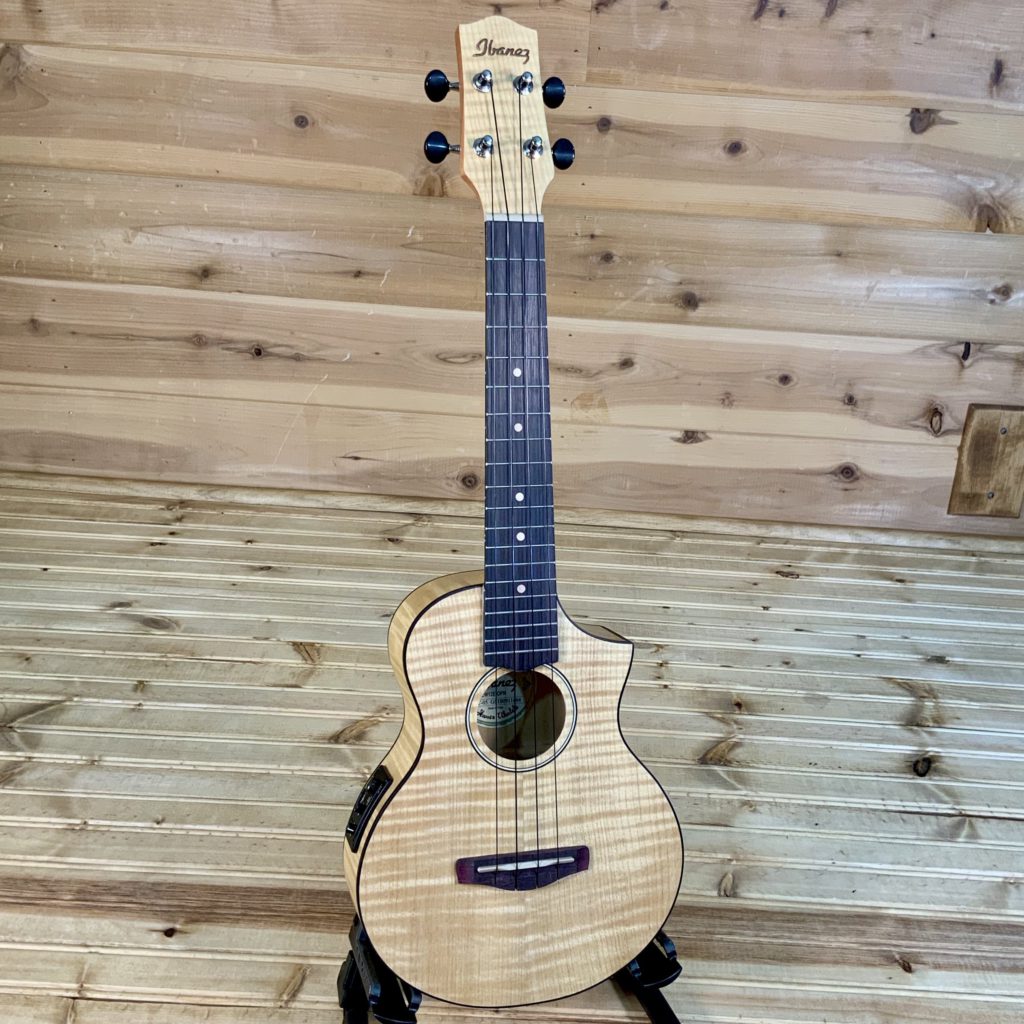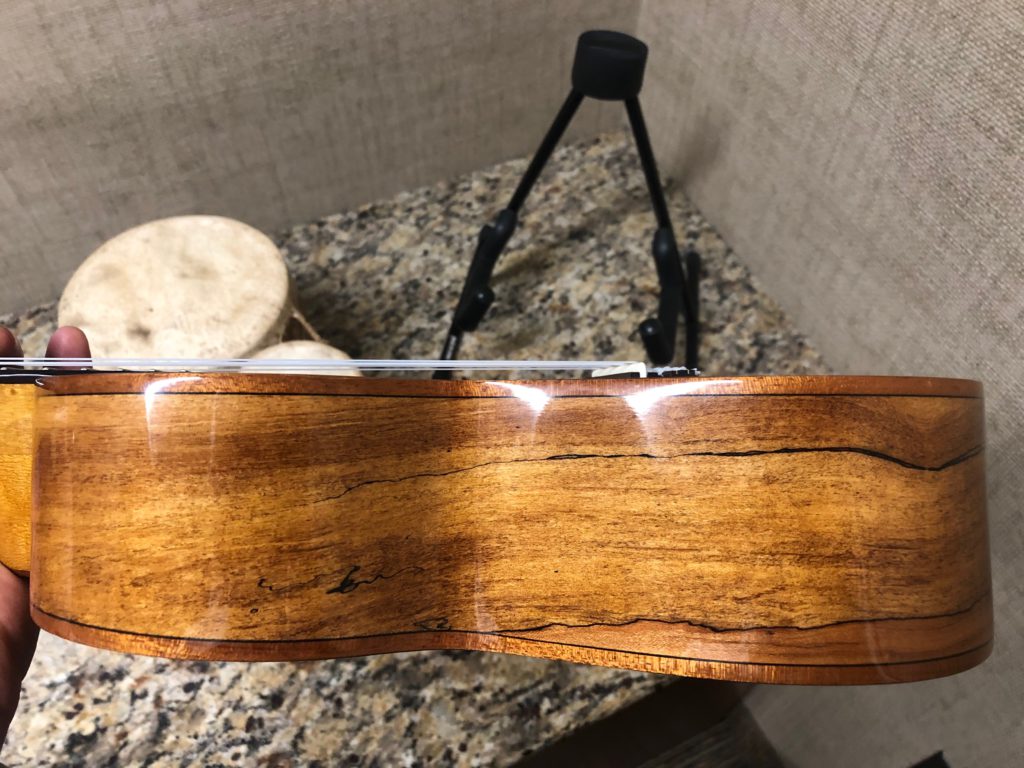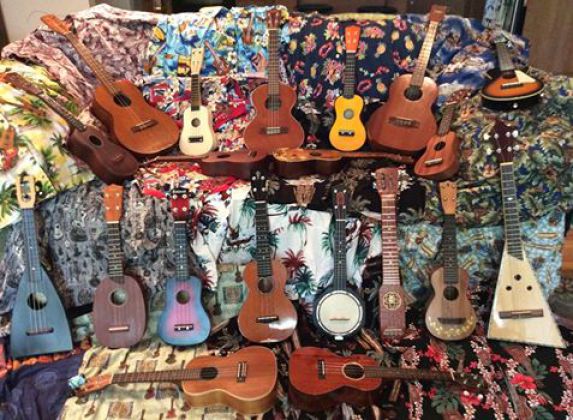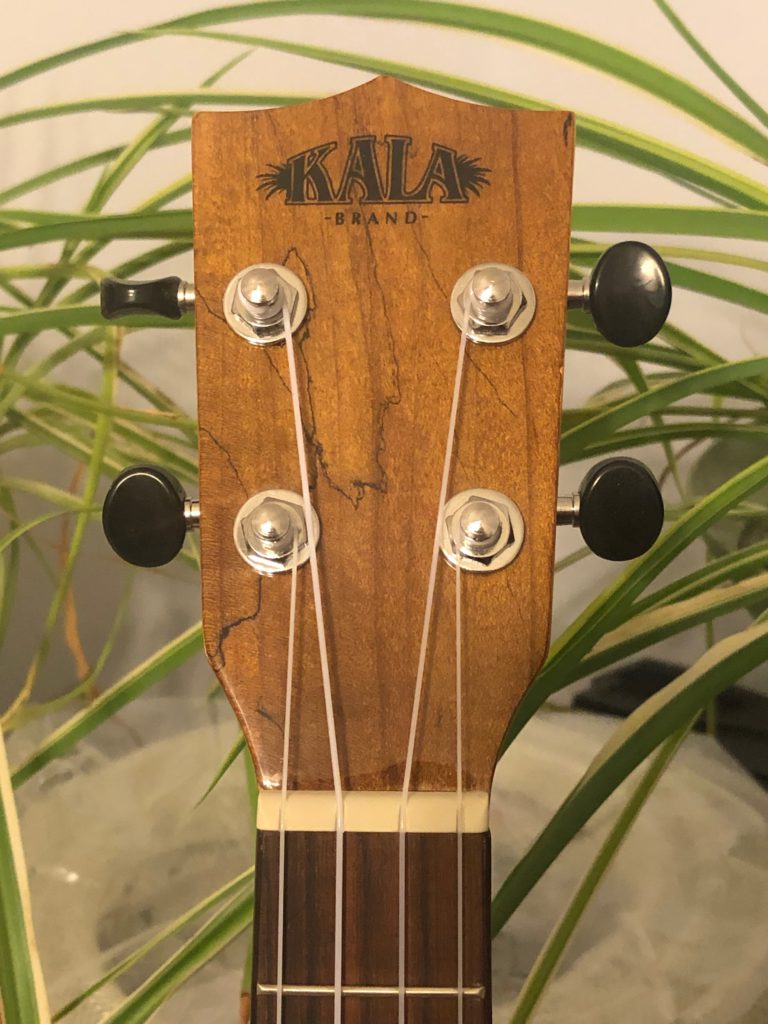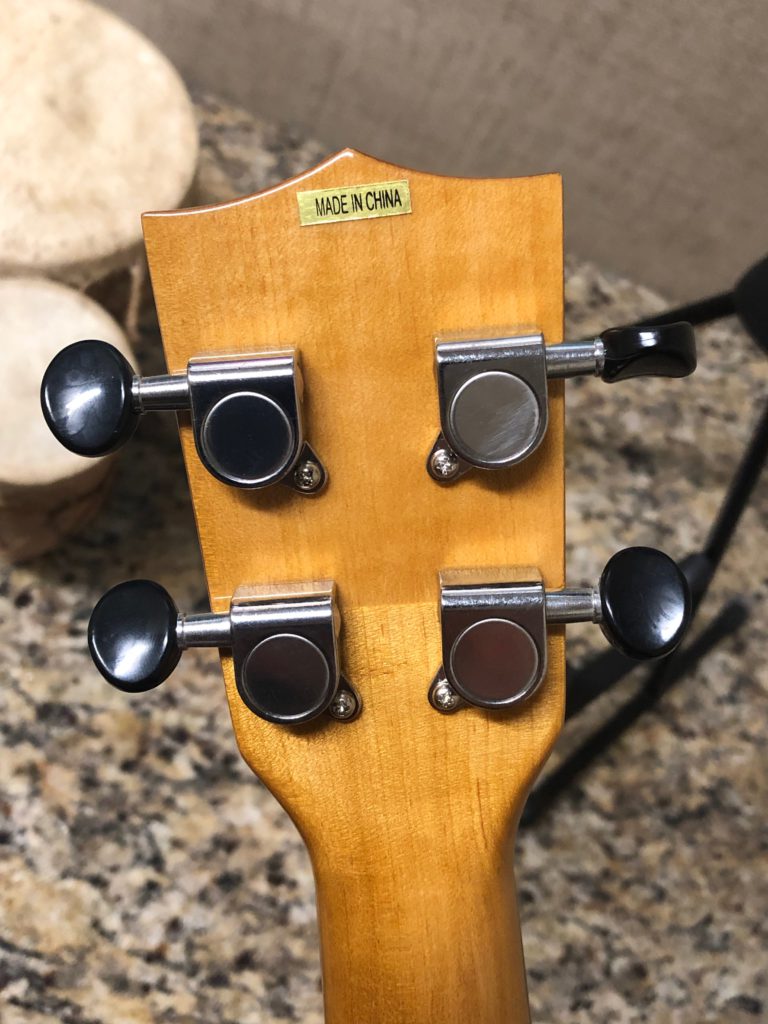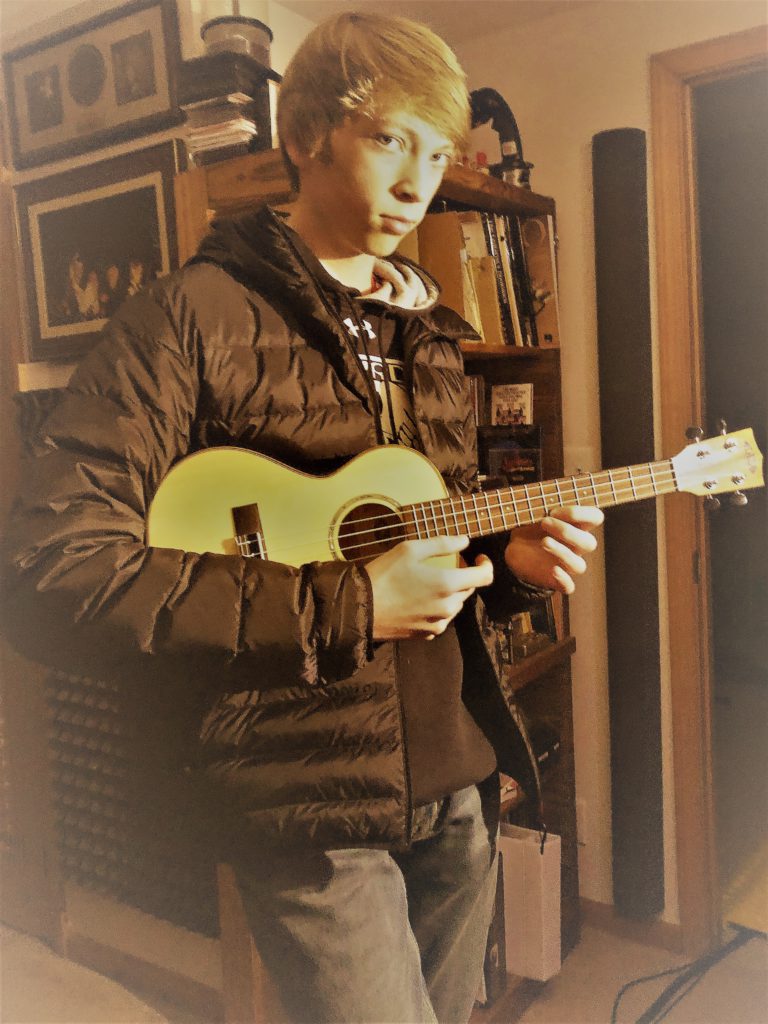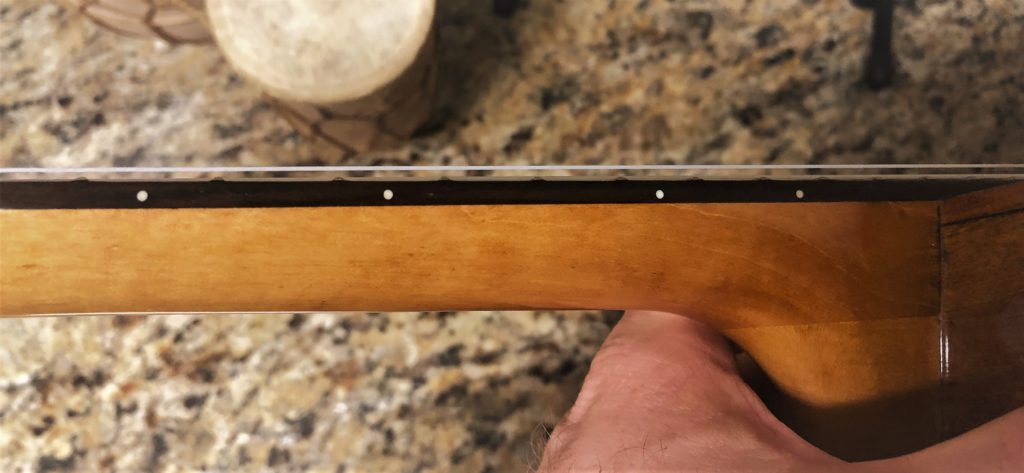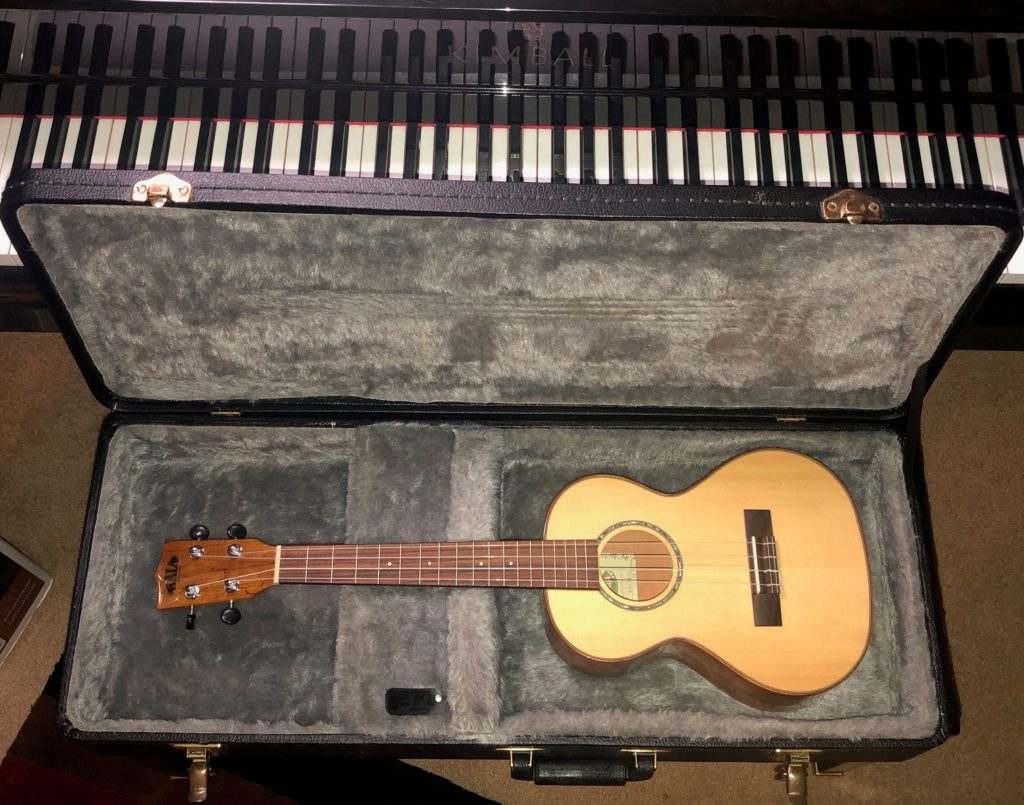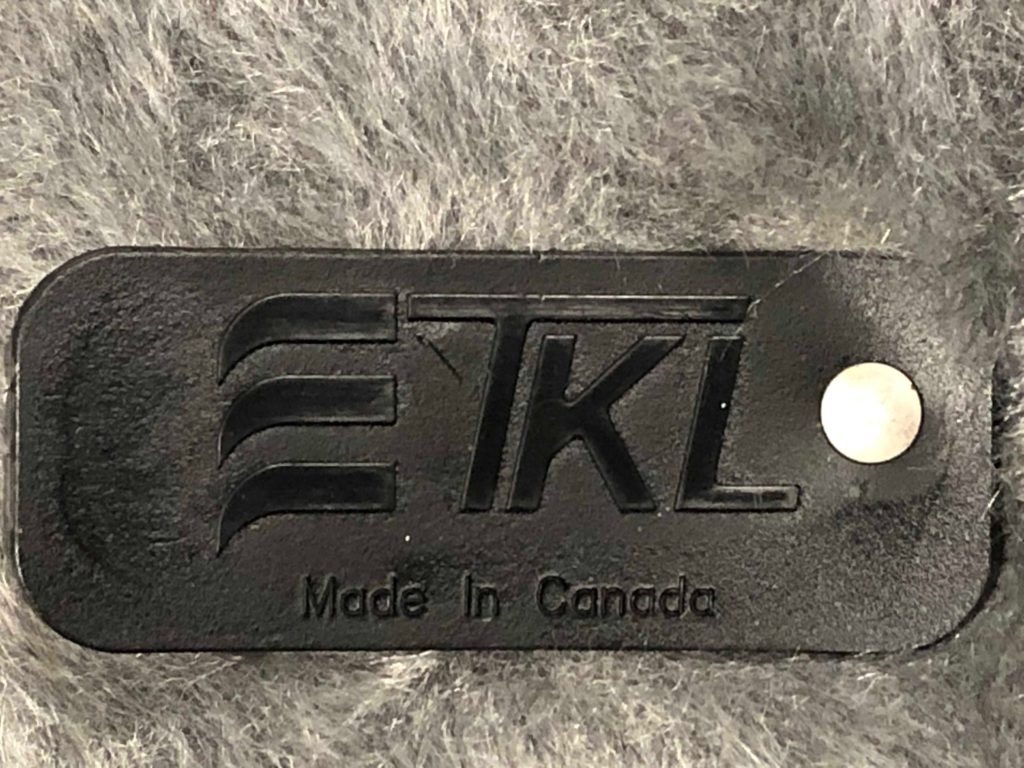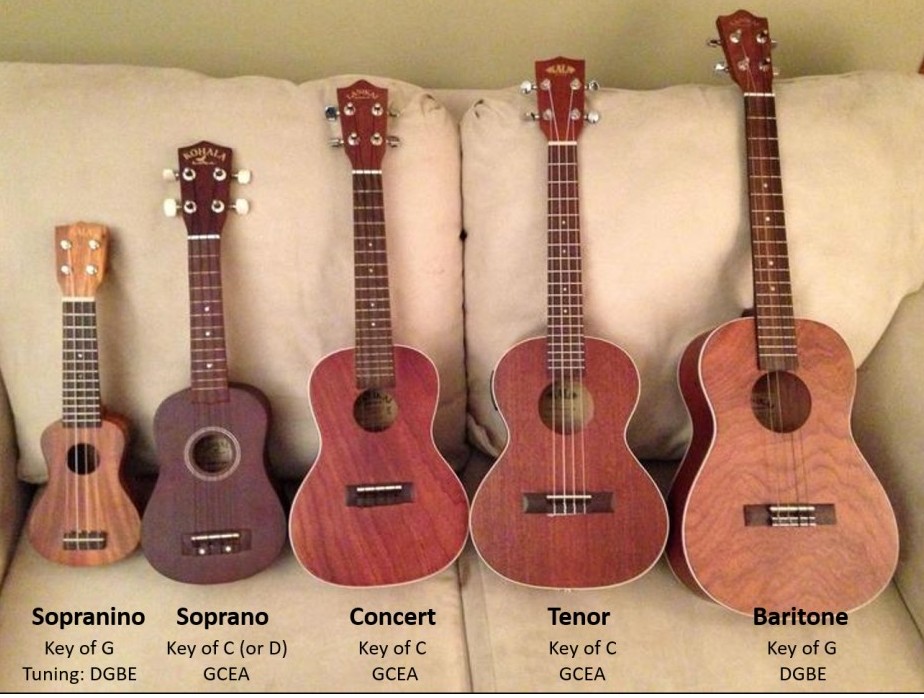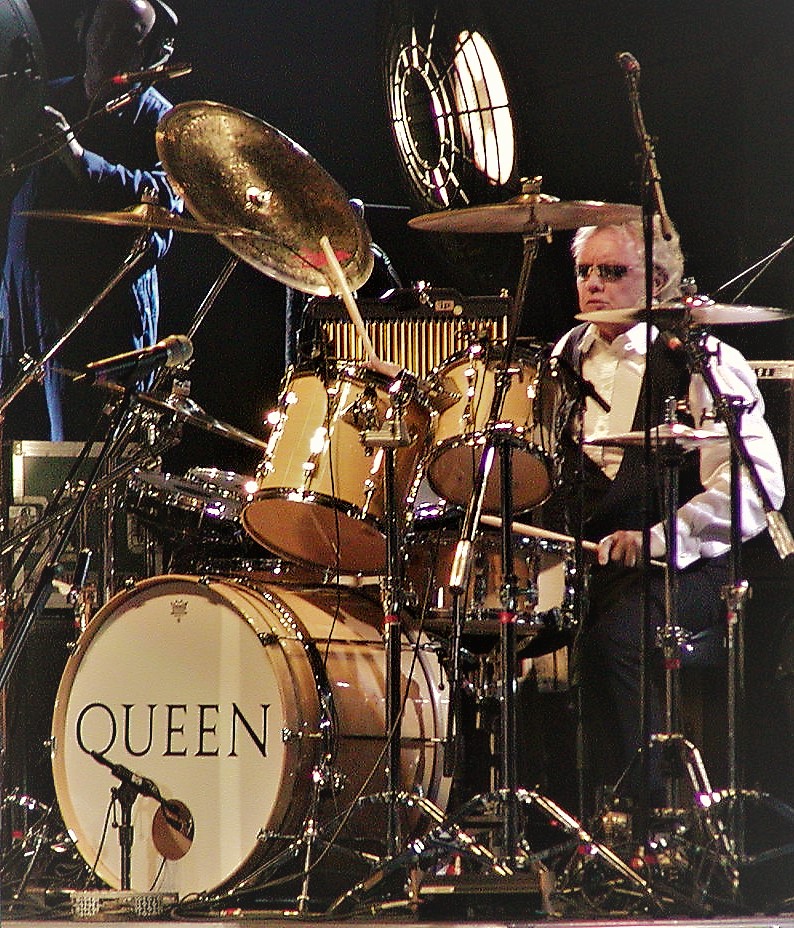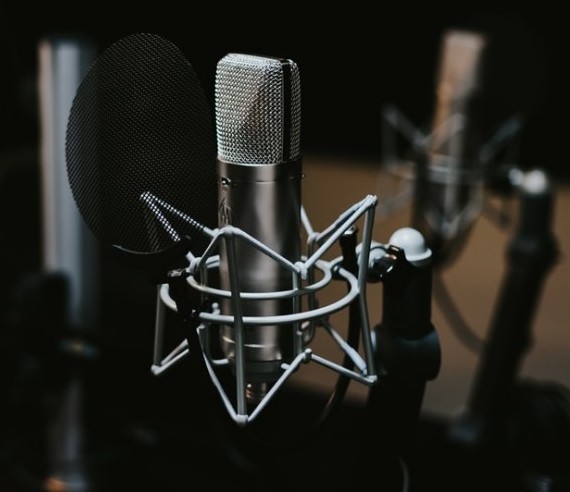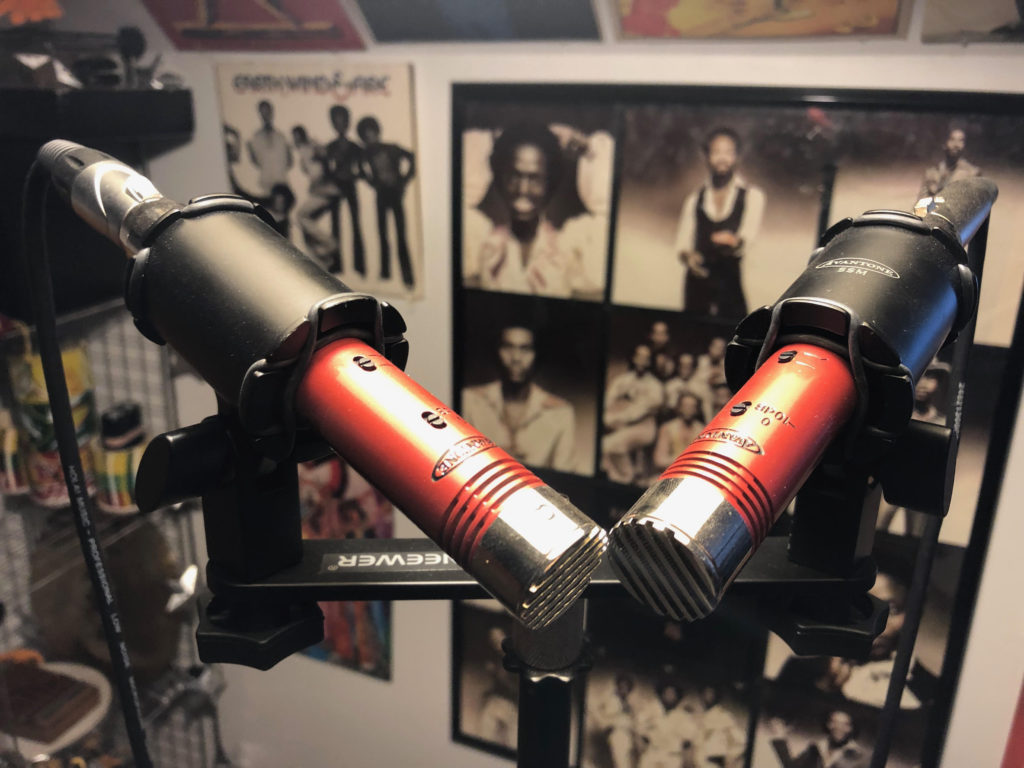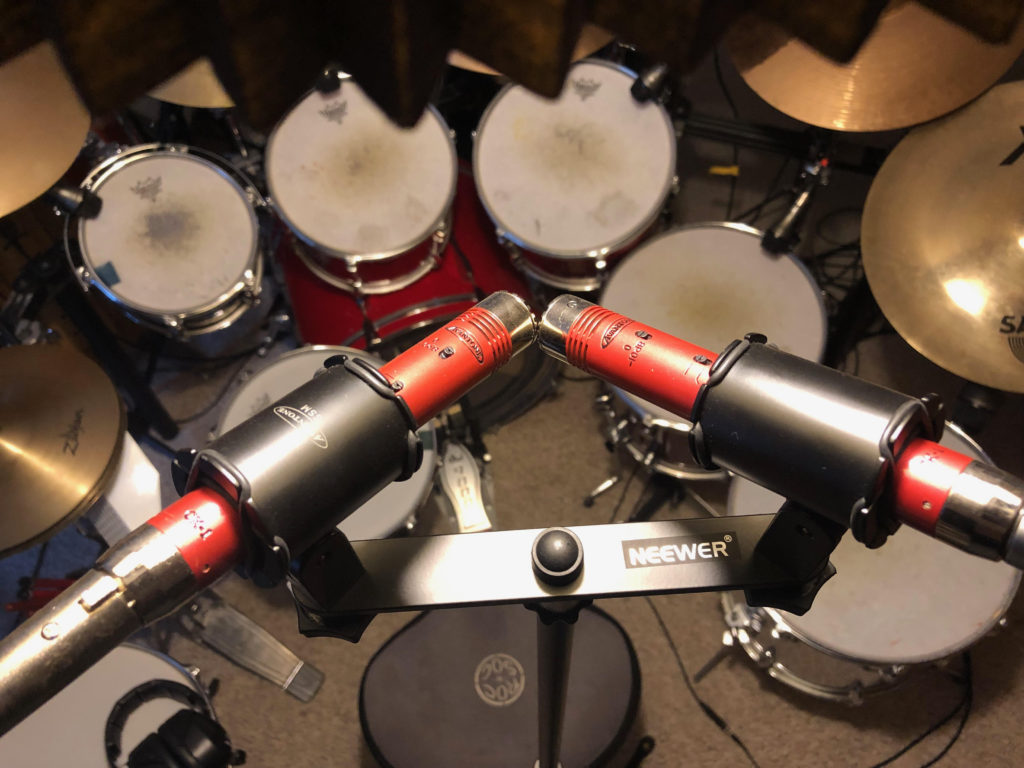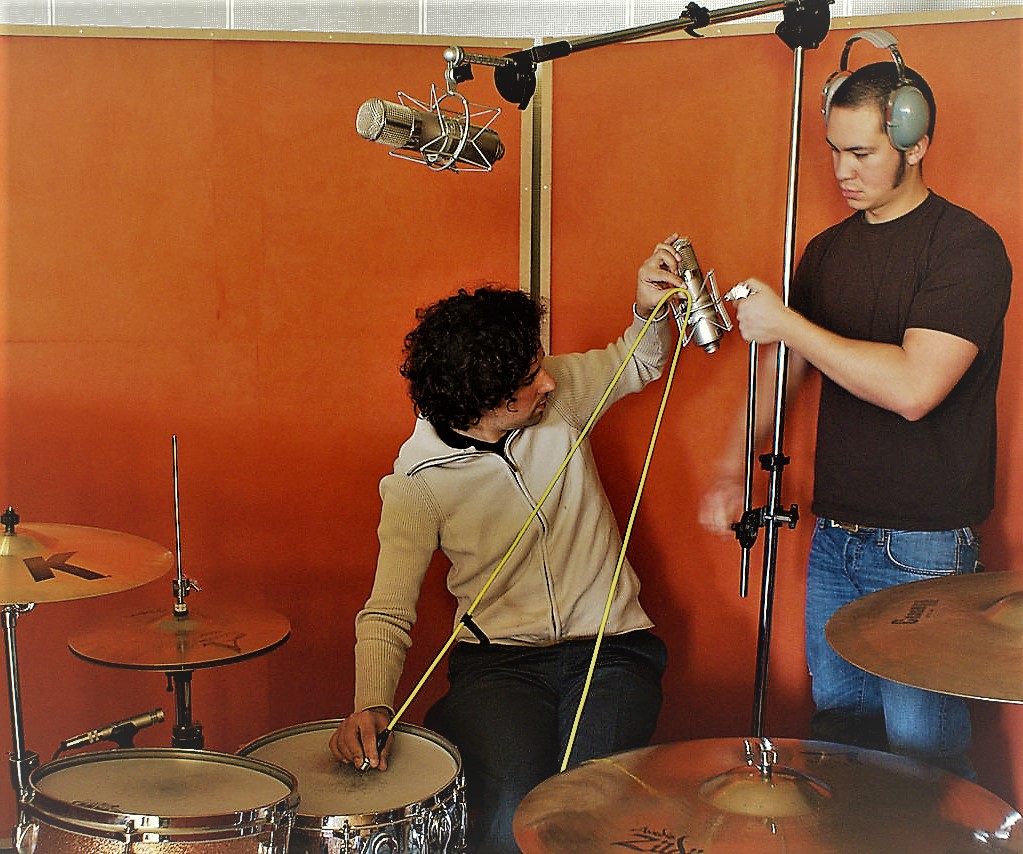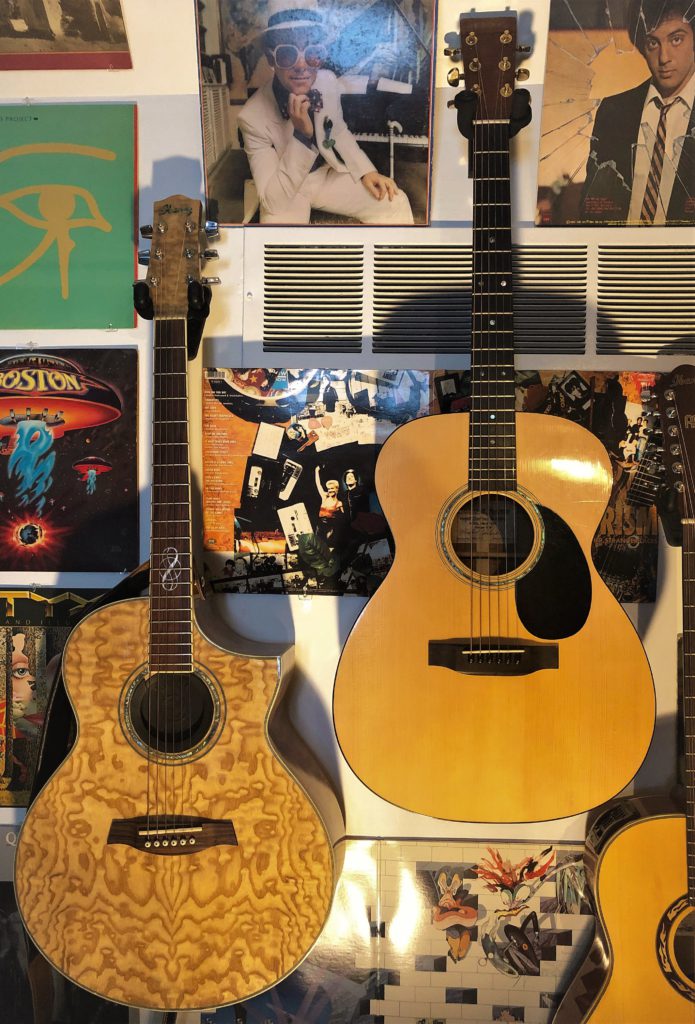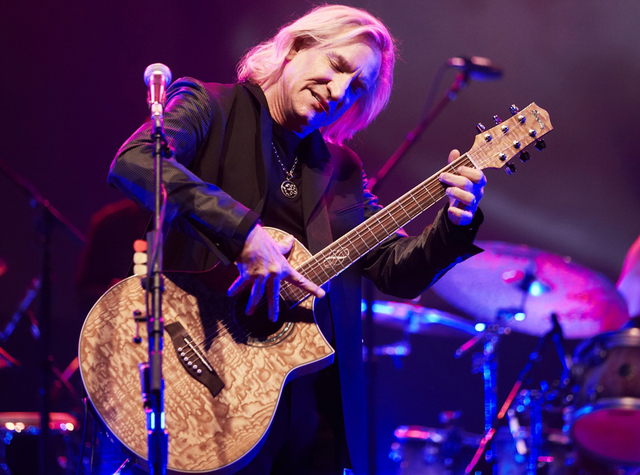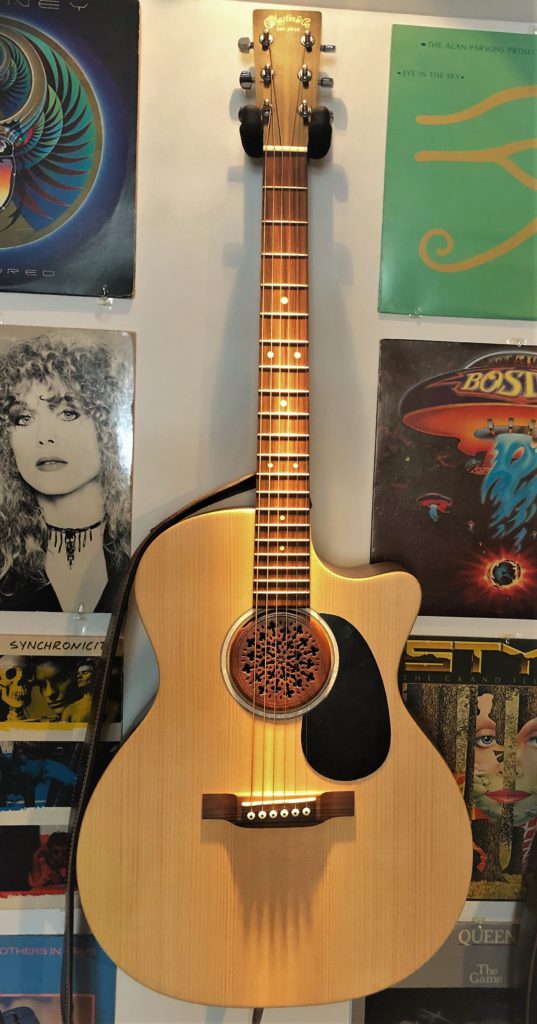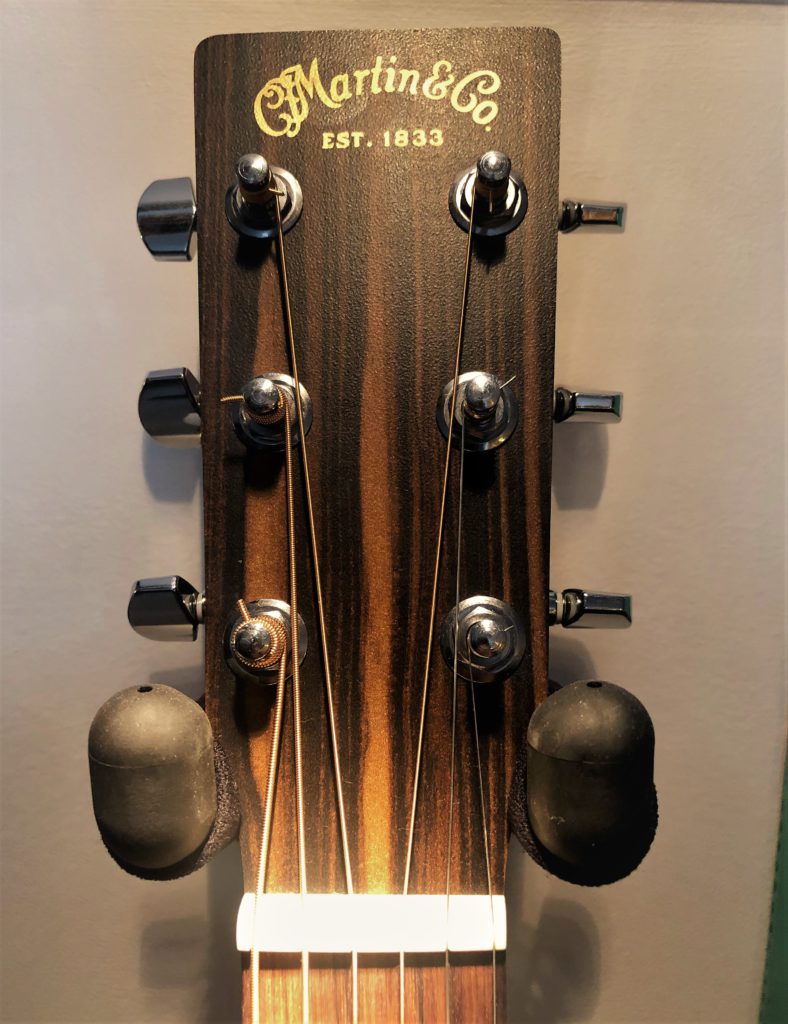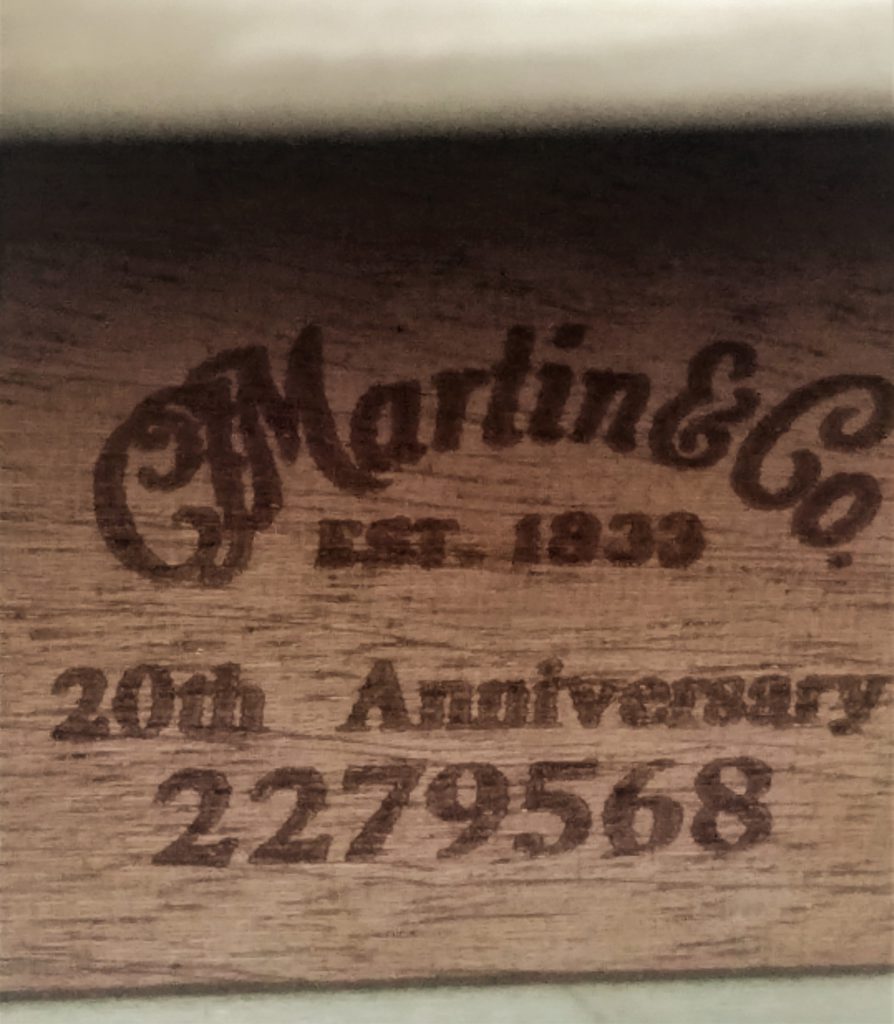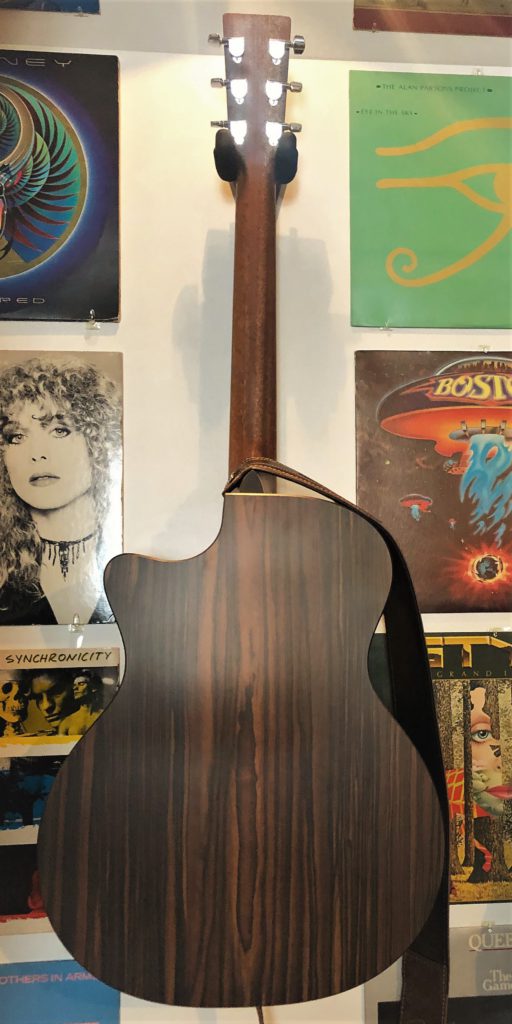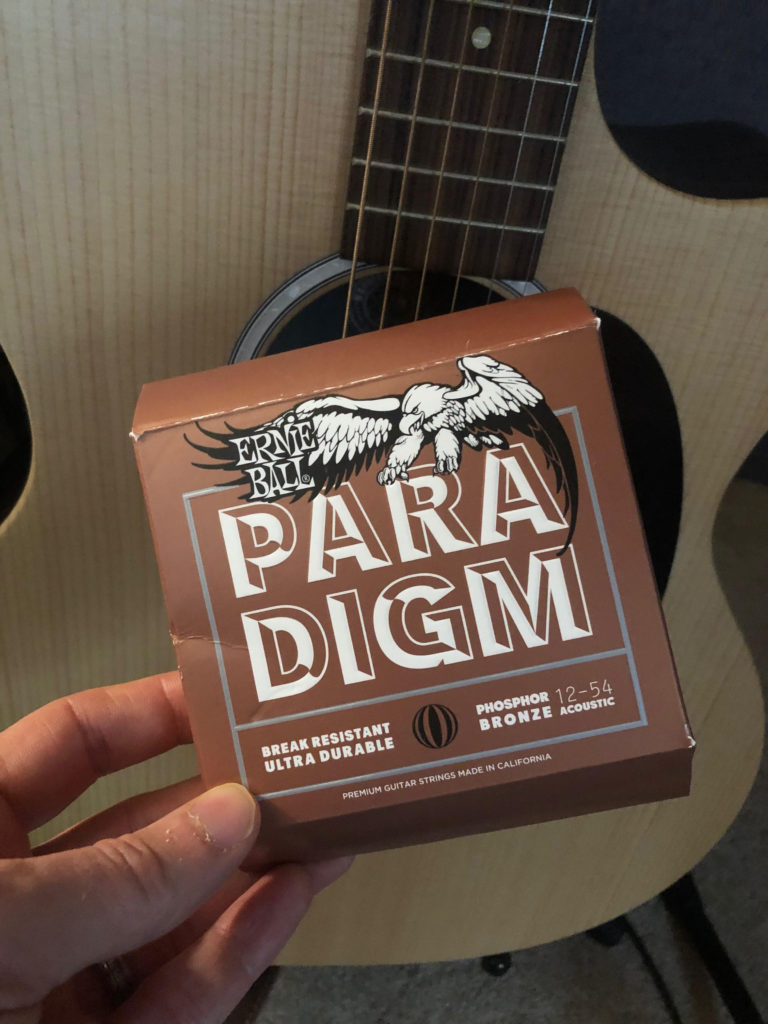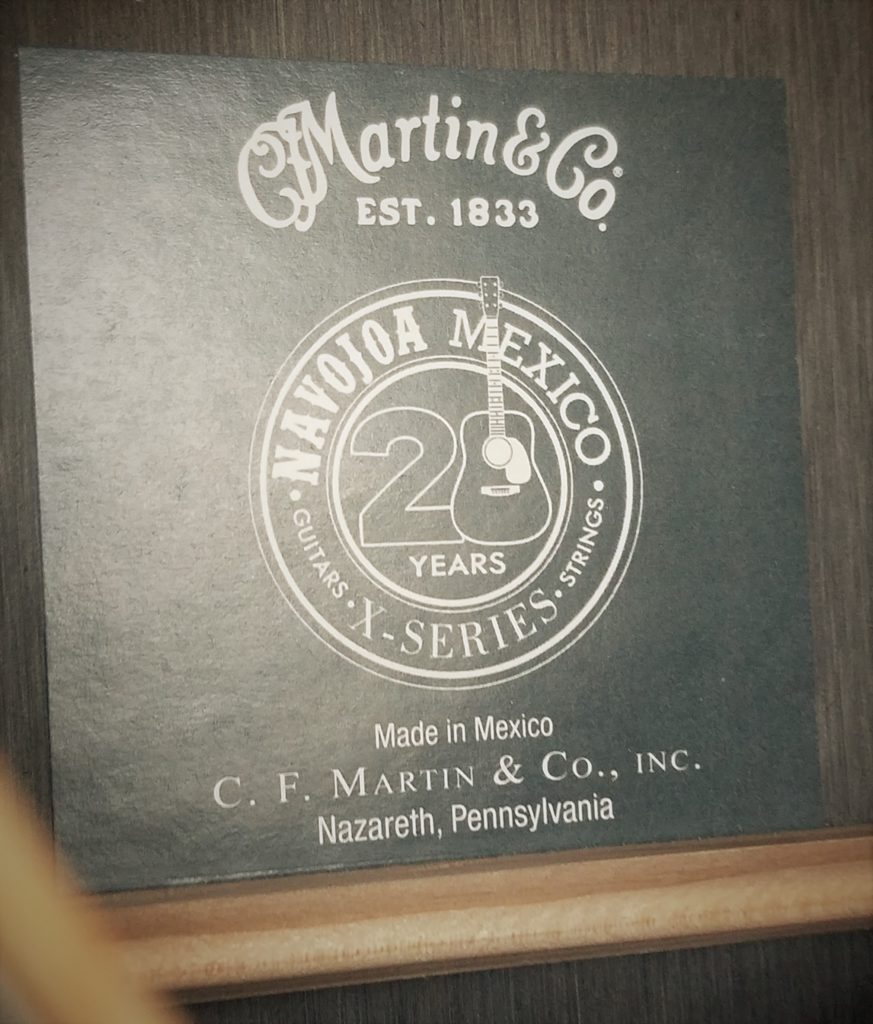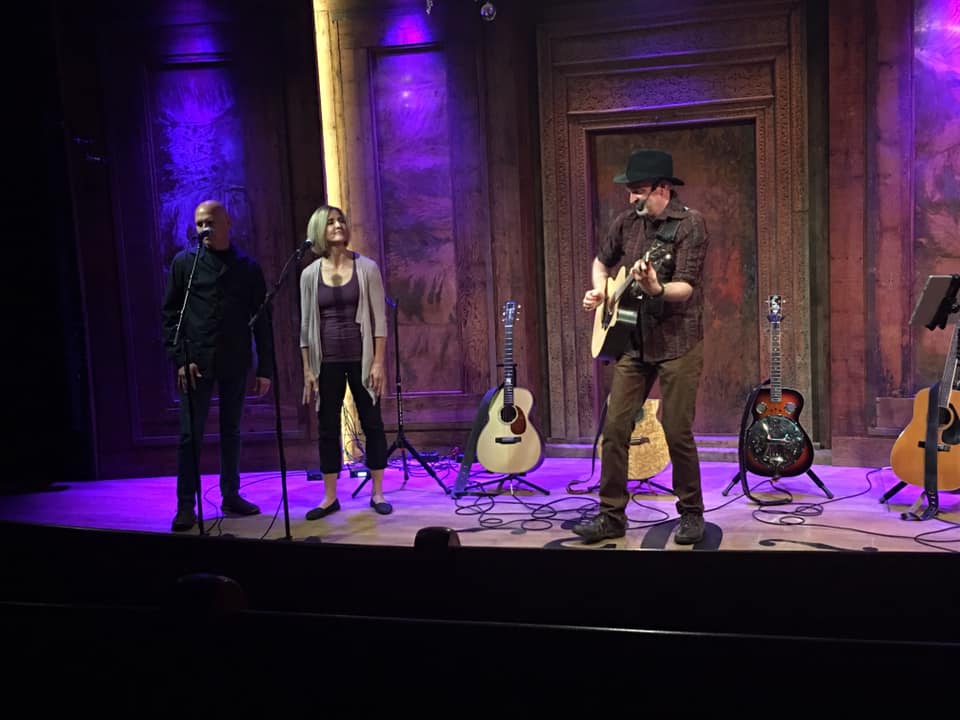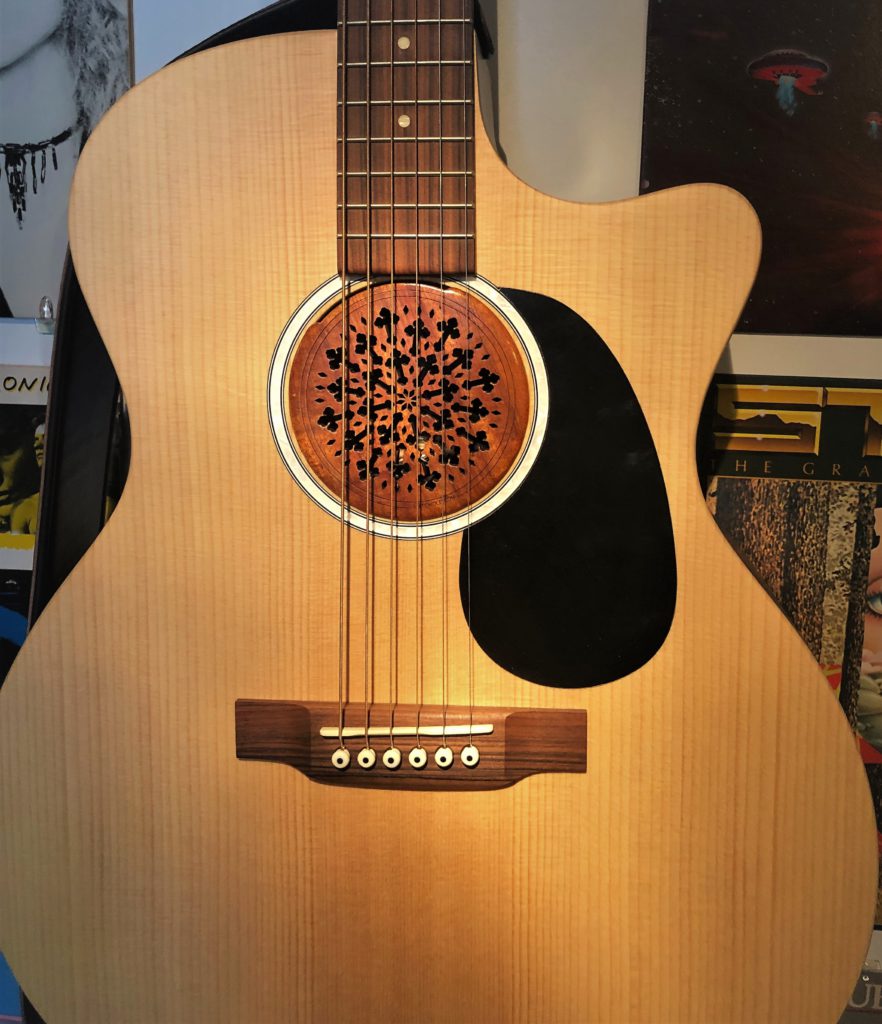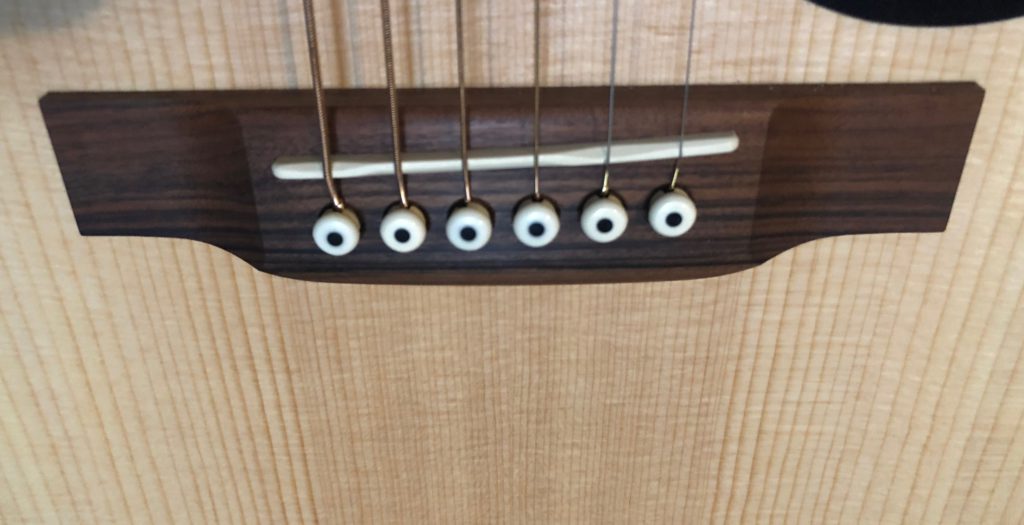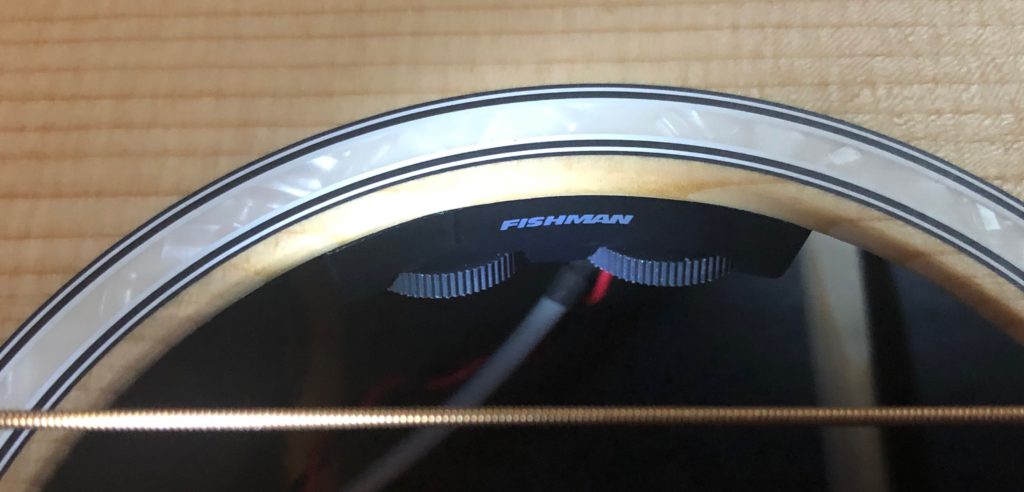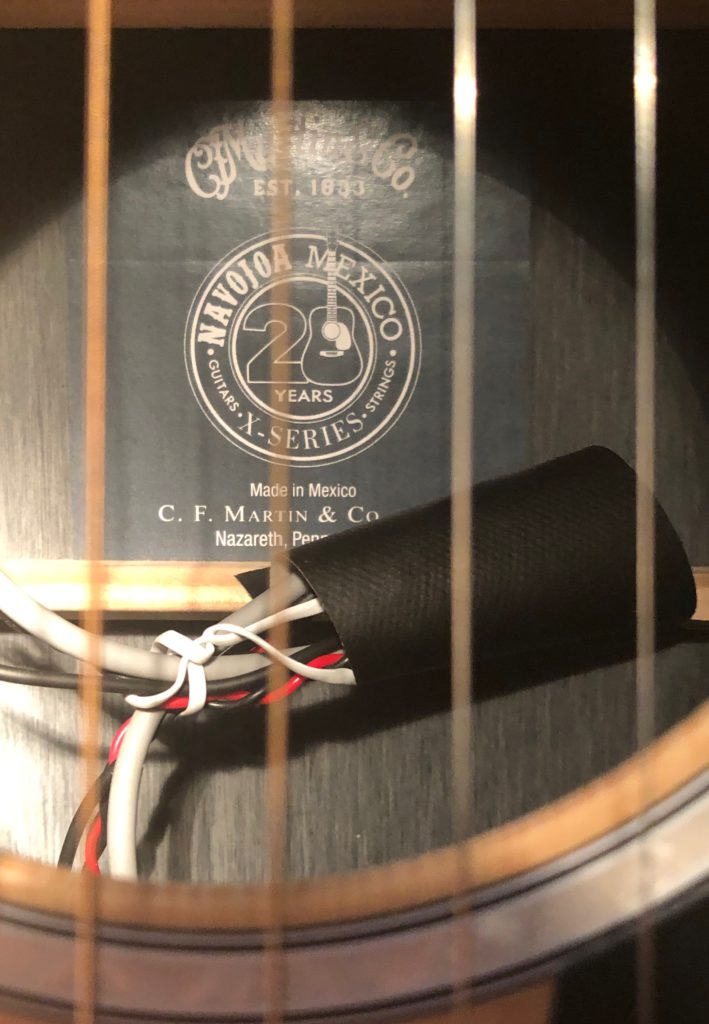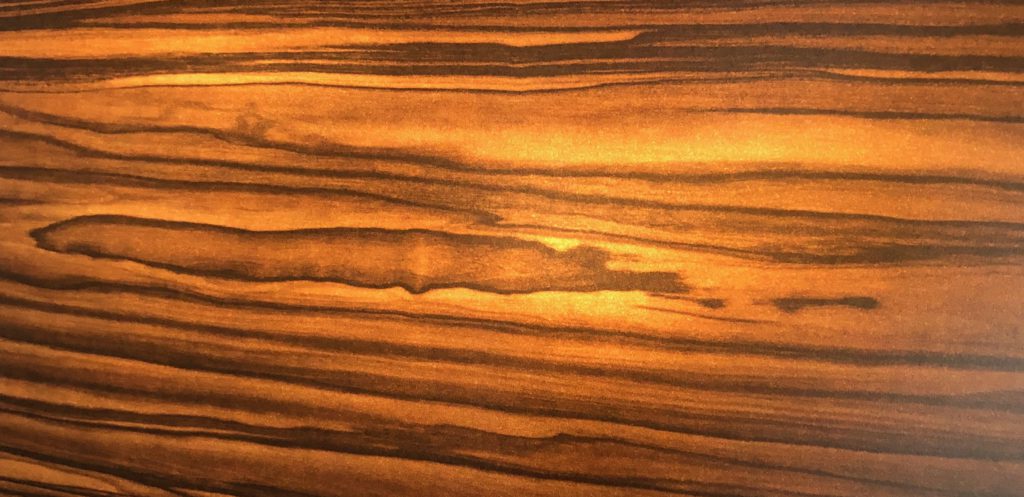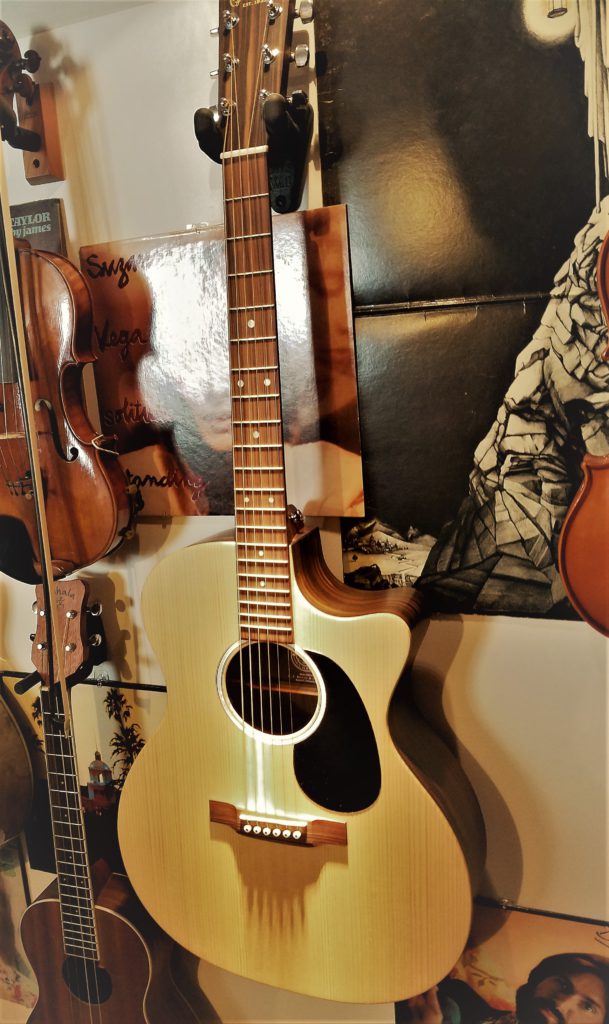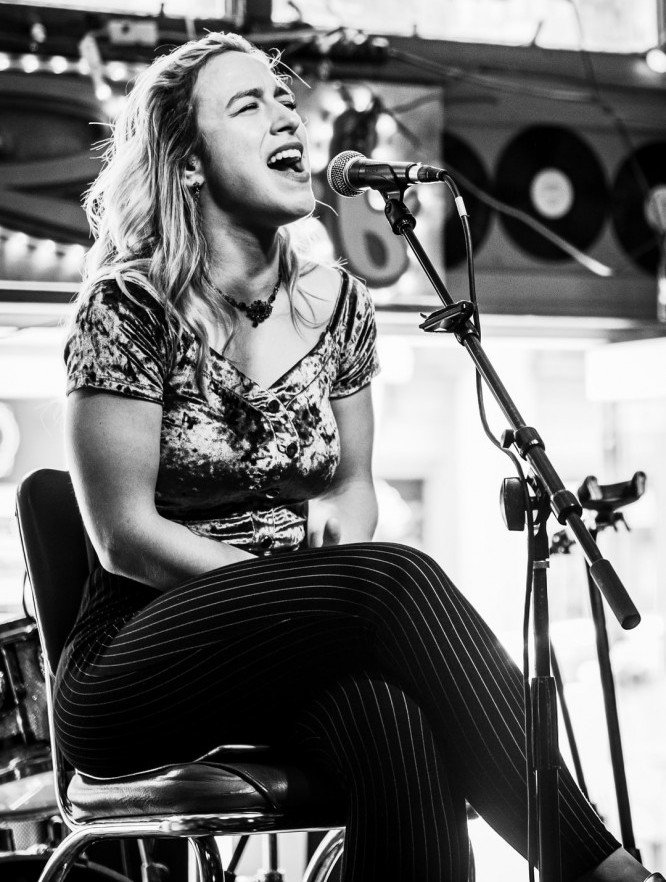
As musicians, we practice our instruments & our stage craft for years, sometimes decades, to make sure we can put on a great show.
But let’s face it: sometimes… we play gigs where the focus isn’t really on us.
Instead, it’s on the audience’s meal… or some public speaker… or the host or focus of the party, or…
You get the picture. We’re background, not in the spotlight.
At those times, we all need support. And I’m not talking about a gracious family member or friend. I’m talkin’ LITERAL support… for your BACK SIDE!!
The best stool for a musician is one that works with the appropriate types of gigs. It’s the chair that is portable enough for you. Light enough for you. And comfortable enough as well.
Got a gig chair like that? Still looking for one that meets those criteria?
Have I got good news for you… !
The Chair!
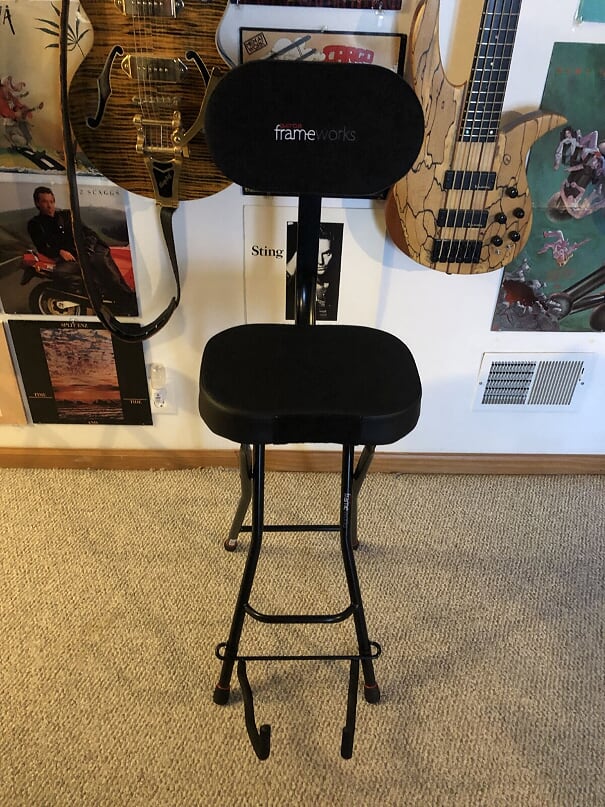
I first saw the “Gator Frameworks Combination Guitar Stand and Seat” at Guitar Center a couple years ago. Immediately, I was struck by its small stature, foldability, and integrated guitar stand.
Not to mention it was under $70! Definitely a deal!!
Now, I’ve had a great gig chair for over a decade now that I really like. I bought it at Art Van, a local furniture store.
It’s gone with me for dozens and dozens of gigs and always stays as solid and dependable as the day I got it.
BUT… it’s heavy. And it takes up a lot of space in my SUV because it is not foldable at all.
Which is why I bought the Gator!
The pic below shows you where I keep my old dependable seat now – in the recording booth!
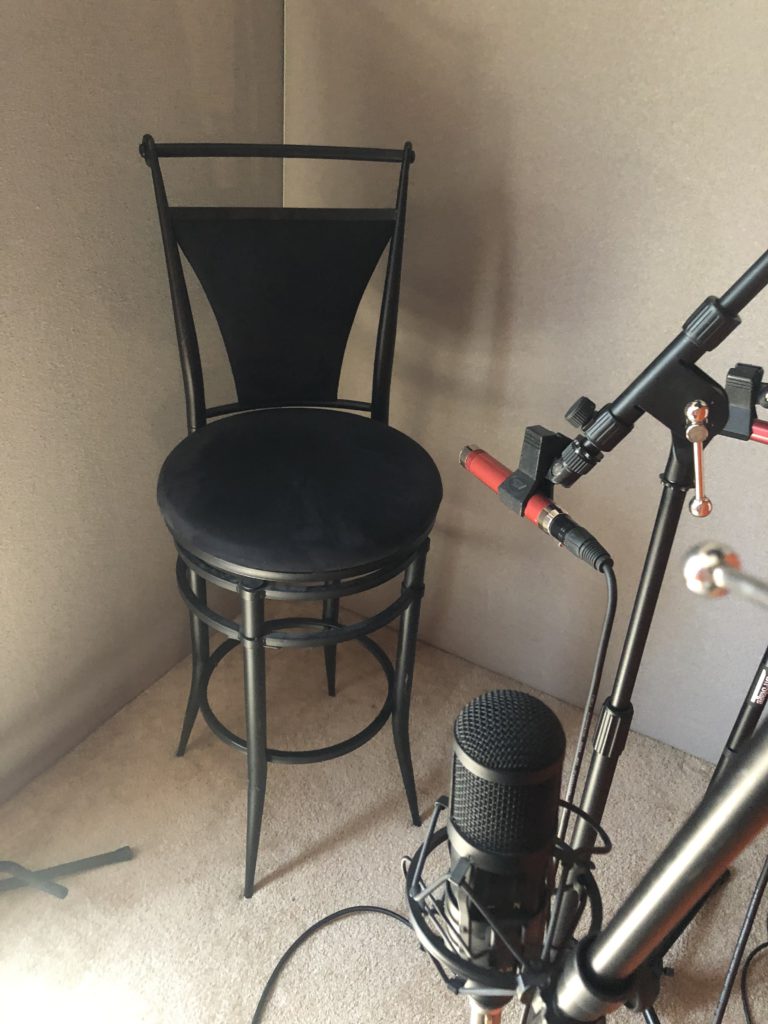
It’s perfect for keeping me right where I need to be for the mics to pick up my acoustic tracks well.
If you already have a quality gig cart, like the ones LISTED HERE, then maybe a portable, light throne isn’t so much an issue.
But if it is…
… here are the Specs:
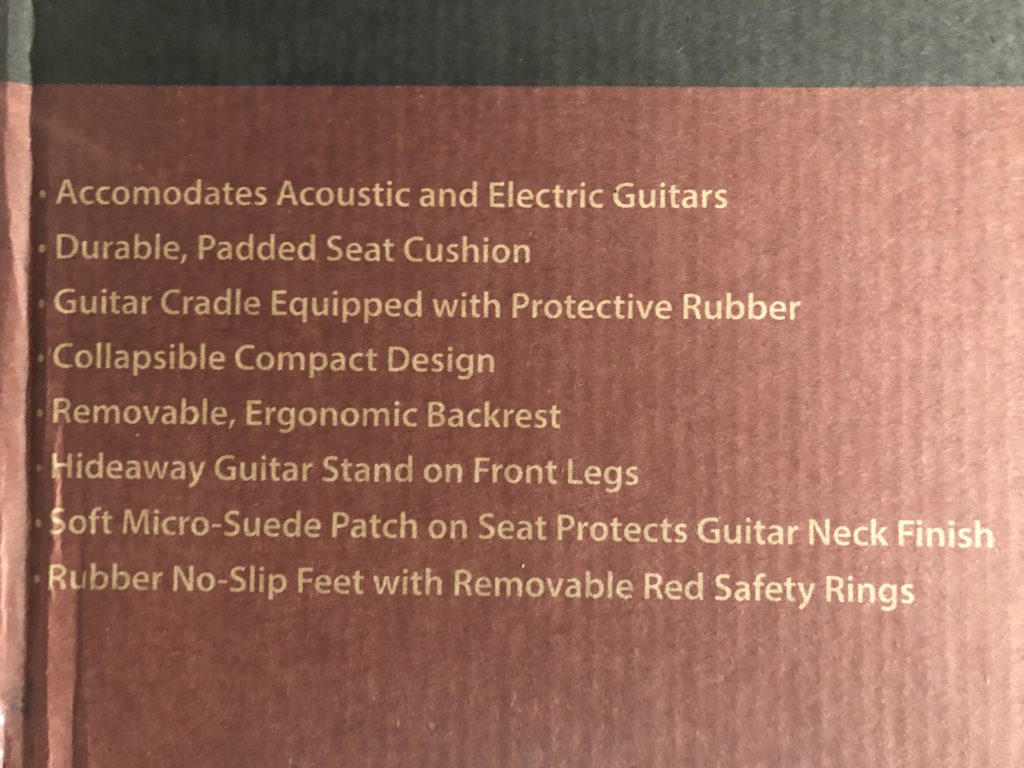
Weight: 13.2 lbs
Weight Capacity: 300 lbs
Material: 7/8″ steel tubing
Length: 14.3″
Width: 14″
Height: 44″
Seat Height: 28″
Go, Gator, Go!
For a complete run-down of how great Gator as a company is, and how long they’ve been making great products, GO HERE!
In a nutshell, Gator has been around since 2000 when Jerry Fred and his daughter Crystal Morris opened the company in Tampa, Florida.
Later in 2018, they bought a big manufacturing plant in Fort Wayne, Indiana.

Then, in 2013, they announced their new “Frameworks” line of stands and supports, which gives them an expanded way to serve the needs of the gigging musician on a budget. Which is most of us!
Finally, I was surprised to learn today that they even made themselves even MORE unsinkable by acquired Levy’s Leathers Ltd., one of the world’s most respected names in quality guitar straps, in 2018.
I’ve personally got at least three straps by Levy, like THIS ONE that I bought for a concert last year that I did. One of the softest, but most well-made straps I’ve ever felt over my left shoulder. Good choice, Gator!
Today, they’re still at it, making trustworthy, solid accessories for all our many musical adventures. I personally have bought 4 or 5 Gator cases and stands over the years and they, to this day, are in great shape. Now that’s great gear!
The Fold!
Without question, one of the best things about this chair is that it folds up into a very compact size.
I can’t state enough how much I’m enjoying hauling this chair around as opposed to my old one. It hardly takes up any space in my vehicle when I’m going back-and-forth to a gig. That means I have room for… what else… MORE GUITARS! LoL
I have noticed that some things that fold overtime wear out and break easily, especially where the folding mechanisms are in place.
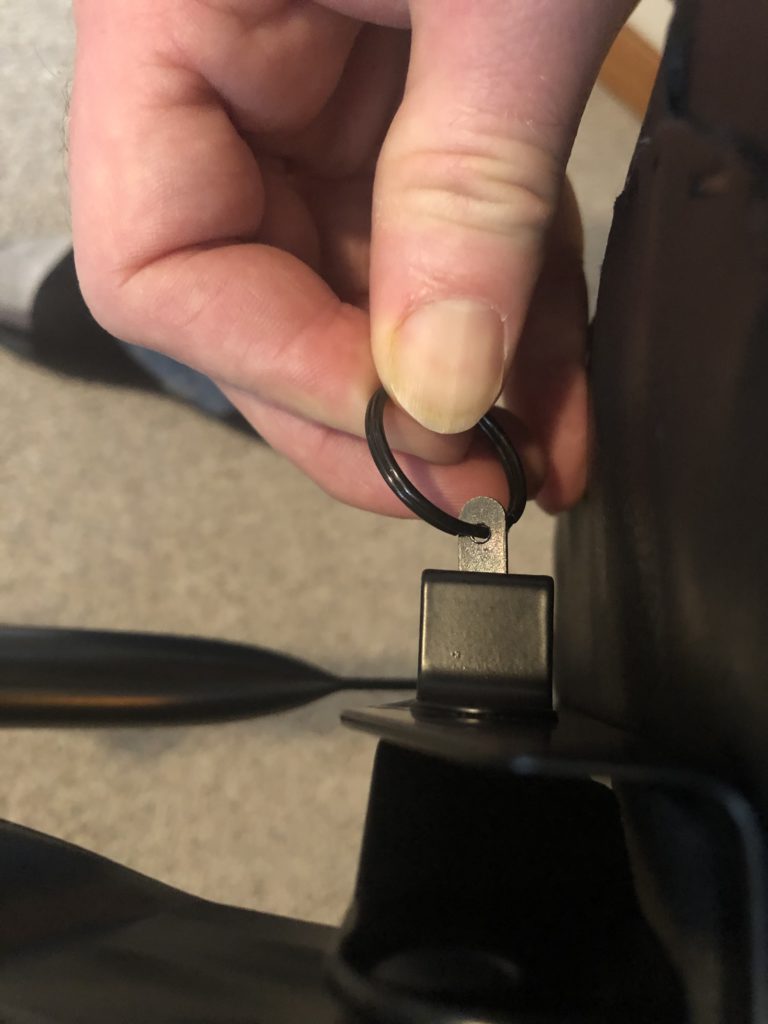
I’m not finding that to be the case with this chair. It has not become rickety or loose at all in any place, and there’s no sign of wear or tear on any of the joints.
Wish I could say that about most of my old mic stands!
To fold the chair into its cool, compact flatness, you’ll need to pull out the catch ring that is under the cushion.
It’s easy to miss; the first time I tried folding it up for a gig I couldn’t, and kept wrestling with it ’til I noticed what impeding my progress!
The Cush’!
Is it comfortable? You bet!
I will say however, if you are a person who has a, well, let’s just say… a GENEROUS posterior, you might want to opt for another chair. Why? This seat is not very wide. It’s 14″ across at most, which is less than your average chair out there.
If you flaunt a more “normal” tush, or have an aerodynamic runners body like I have (read that SKINNY), then you shouldn’t have a problem.
But if you’re more a “plus-size back side”, I’d probably look elsewhere. The seat capacity of this chair is 300 pounds anyway, so if you’re approaching that girth, it might not be wise to test its limits!
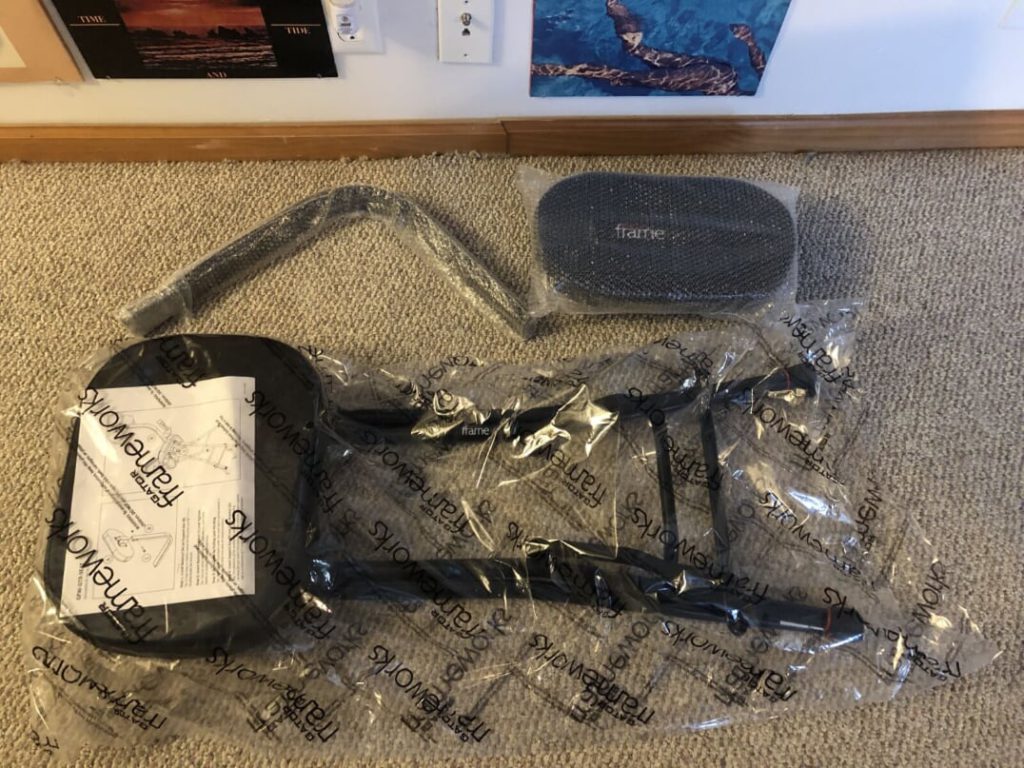
Also, the cushion itself IS comfortable, but it is NOT overly “cushy”.
What I mean by that is… it’s not going to be like “Grandma’s Feather Bed”, to quote John Denver. Neither will it feel like your Tempur-pedic mattress, your down-filled pillow, or your college dorm bean bag chair!
When you sit on it, it feels solid. You don’t sink down much at all. So if you’ prefer the ‘Memory Foam’ kind of support, “… this is not the droid you’re looking for.”
I think it’s perfect for gigs though. I’ve noticed that my behind doesn’t get tired after 2 or 3 hours servin’ up my hot licks and croonings to the crowd. I don’t find myself squirming, in other words, and THAT… is saying a lot!
The Stand!
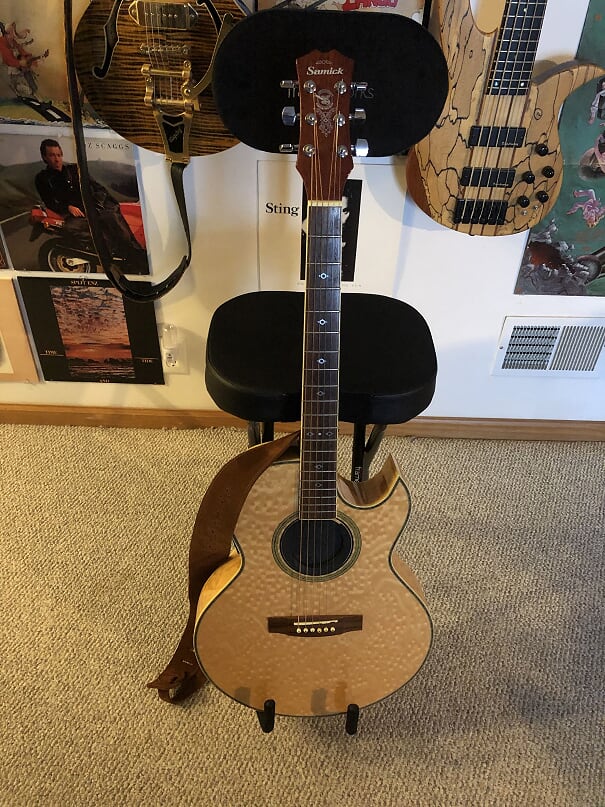
And now we come to one of the prime features of the seat: the guitar stand!
We all know, as gigging musicians, that the less we have to carry into our gigs, the better.
Because this chair comes with its own built-in guitar stand, we no longer have to bring a separate one! Yeay!
If you play more than one guitar at a gig (which I do because my many alternate tunings!) then it’s a moot point.
Still, it’s great to have the two together. Haven’t seen that in any other chair.
Is the stand is stable? Yes.
Is your guitar or bass guaranteed to never get knocked over? No.
Your neck and headstock will be lightly resting against the indentation at the front of the seat cushion. This keeps your guitar or bass from wanting to tip over pretty well.
IF, however, your large, loving, drunk Uncle who came to see you runs up to hug you and ask for “Freebird” (again) and manages to hit your chair like the Titanic to an iceberg… your instrument could fall.
Now, I’ve even lightly run into the chair myself a couple times, and my guitars were never even close to falling over.
If you’re like me though, you don’t want to take any chances. So here’s a quick and easy fix that I use:
Attach a simple BUNGEE CORD to both sides of the stool, underneath the seat cushion. This will hold your instrument in place perfectly should it be jostled.
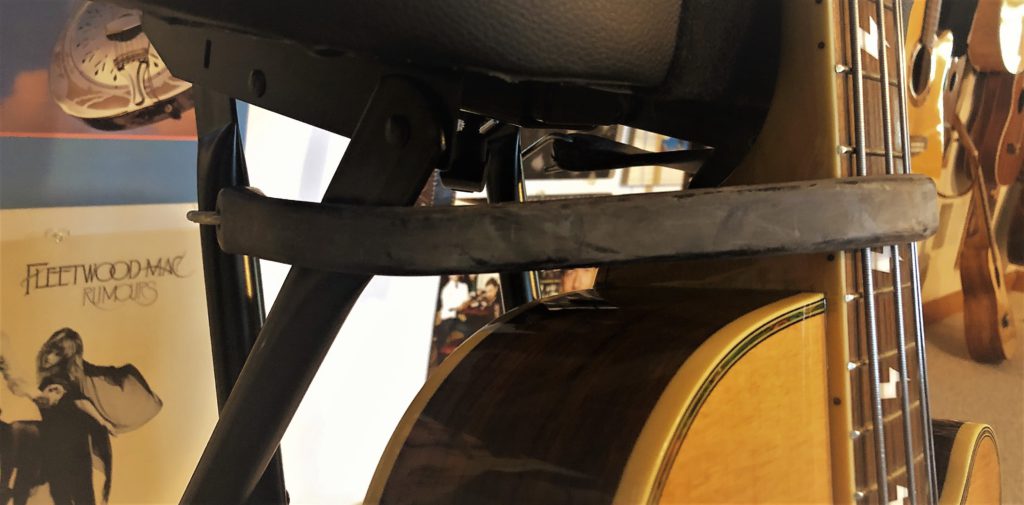
Not only does it work like a charm, it keeps anyone from just kinda wandering up and taking your axe for a test drive when you’re off schmoozing the blonde who came with your college buds.
(Which is why they’re givin’ you the stink eye, btw. ) LoL
The Back!
The back on this chair is optional. You don’t have to use it if you don’t want to.
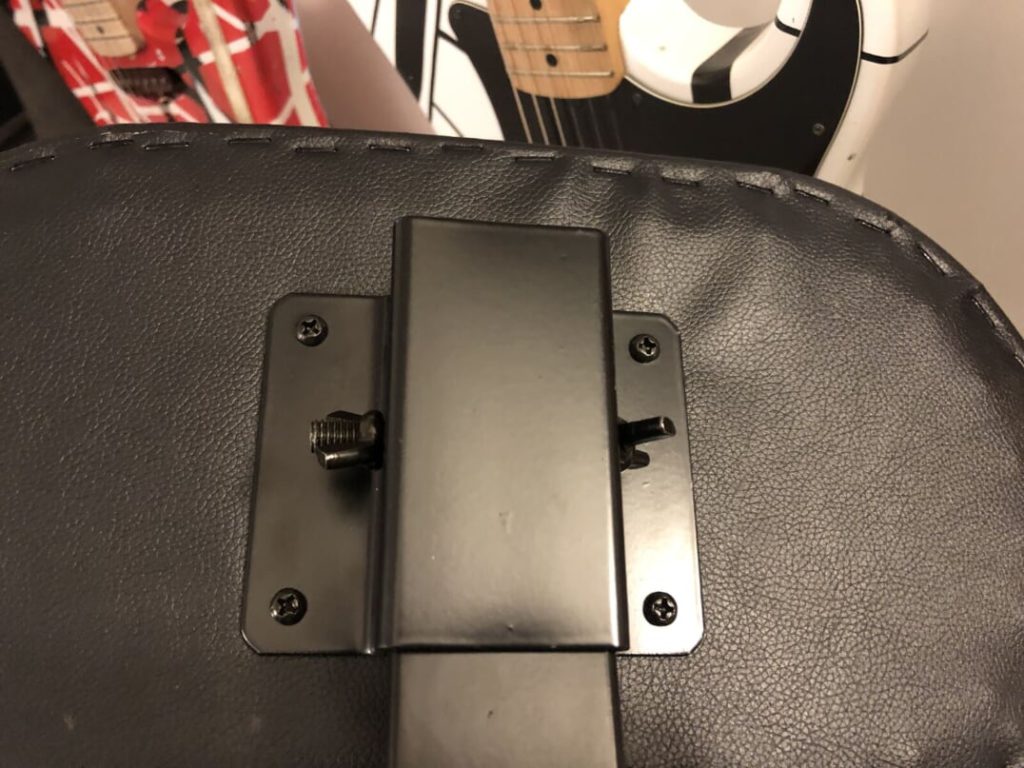
It’s easy to take off and put back on. Two simple brackets, one under the cushion and one on the back of the backrest, are where you attach the provided backrest bar.
Voila! Your lumbar thanks you.
I have to mention, while we’re on the subject of the back rest, that I really enjoy the way this back rest does not go up very high.
When I gigged with my old chair, I could never rock or lean back when I was physically getting into the music. The backrest was so high that it kept my back too stabilized, all the way up to my neck.
With this chair, I find myself being able to rock forward and backward… to move more with the music, and let my body express the groove as well as my playing and singing. I really like that.
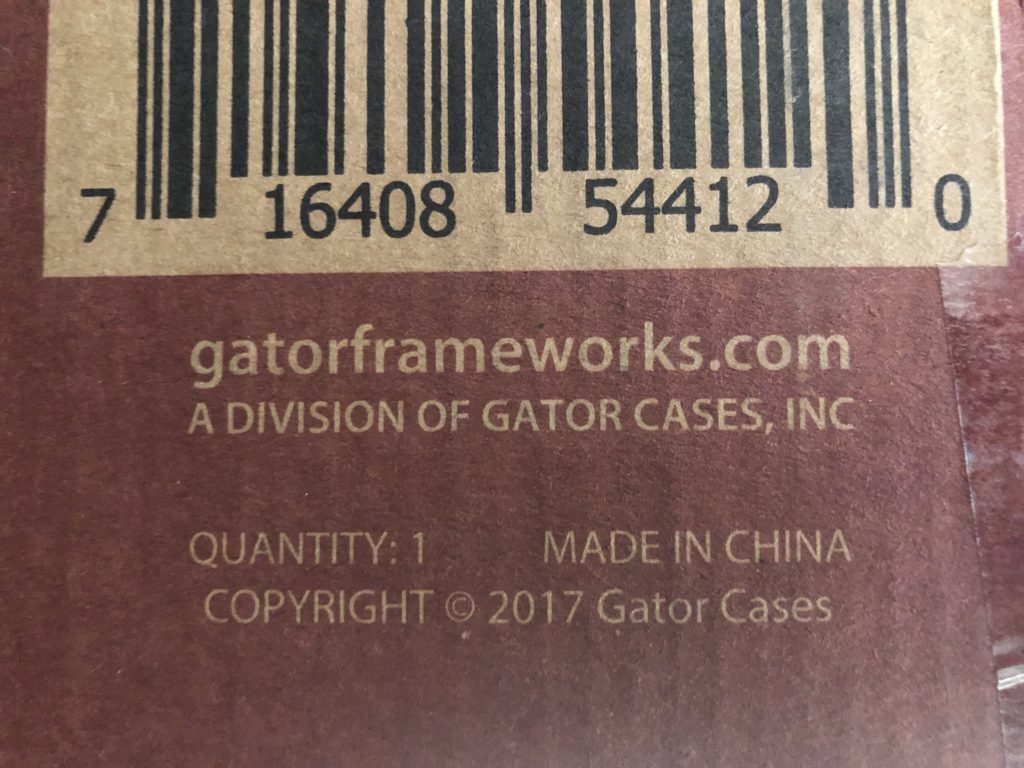
I never suspected that that would even make a difference until I got this chair and noticed it during a gig that I was moving more in my torso well grooving out of tune while grooving out a tune.
The back rest is the same solid foam as the cushion. It’s not soft, but neither is it too hard. It’s just right to keep you going through a night of splendiferous entertainment!
Your concerts ARE splendiferous, right?? 😉
The Lift
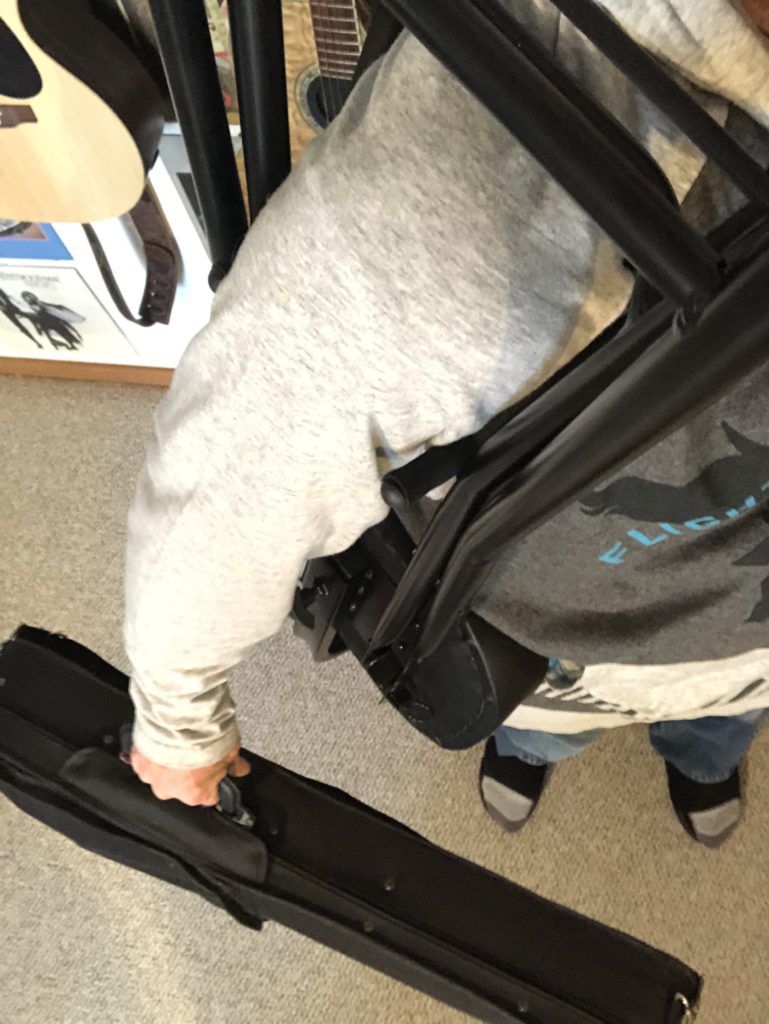
At 13.2 pounds, this seat is light as a feather. Compared to others I’ve used, it’s hardly noticeable, weight wise.
Taking this chair to any gig is as easy as singing “Stairway to Heaven” in the shower. I know because… I’ve done it many times! LoL
This gig stool is also easy to transport by hand. What I typically do, as you can see in the picture to the left, is put it, folded up, over my shoulder, while I carry a guitar or other gig tool in my hand on the same side.
The bar laying on my shoulder isn’t the most pleasant feeling, but it’s not THAT heavy, and for the couple minutes it takes to get to the stage – it’s worth all the benefits this seat provides.
The Mystery!
Okay, so (this just makes me laugh)… there’s one inexplicable addition to this fine seat. Maybe you can help me…
The box says that (as you can see from the pic above) this stool comes with:
“Removable Red Safety Rings!”
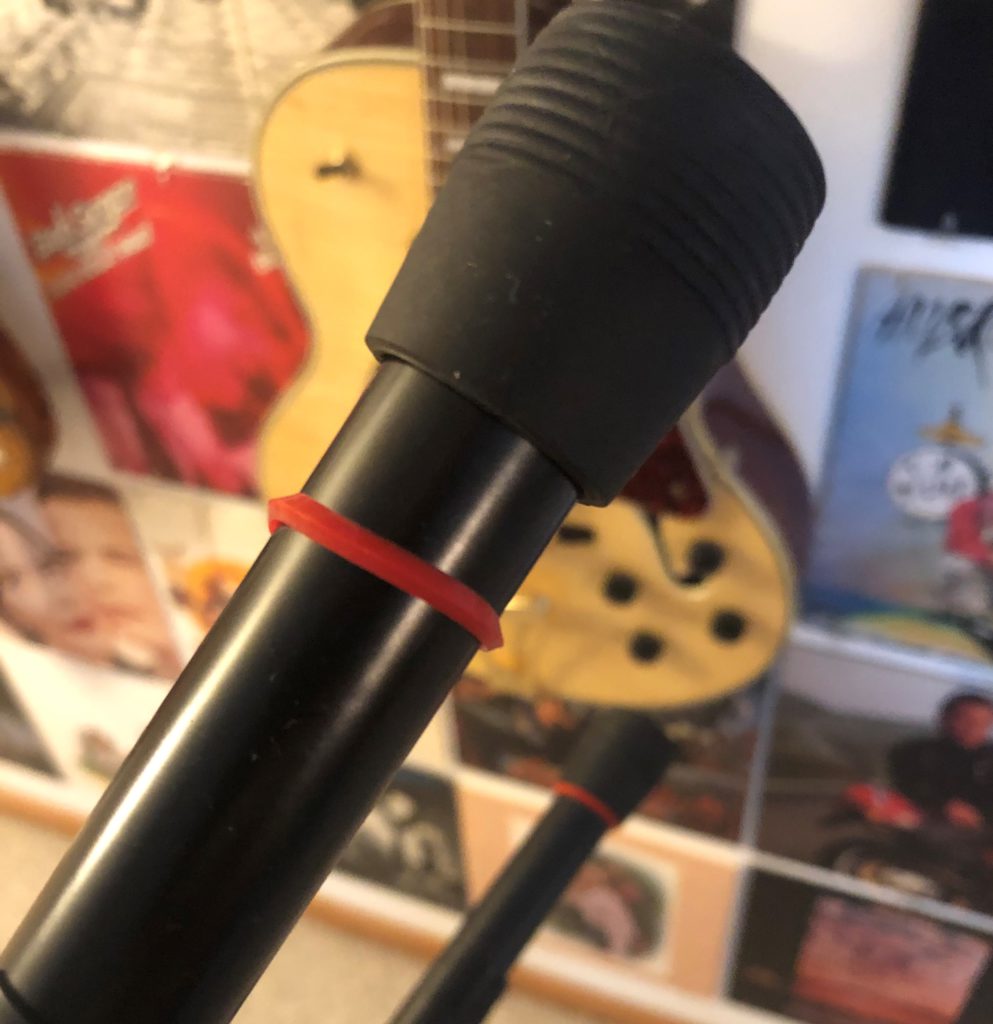
Um… what??!
Can anyone tell me why having red rubber bands near the bottom of my chair legs is gonna keep me safe??
And from WHAT??! If a totally sloshed bar patron comes lunging at me ‘cuz I played a song his ex-girlfriend liked, do I shoot him in the eye with one??!!
Honestly… I haven’t a clue! LoL
Your Seat of Power!
So there you go – a way to inexpensively make sure you have the best seat in the house wherever you may play next… giving you the comfort and power to knock ’em dead with your music!!
If you’re in the market for a great gigging chair, and you play basses or guitars of any kind, this stool will keep you comfy as you keep the peeps rockin’…
Or at least enjoying their restaurant meals. LoL
Remember to check the weight restrictions, as well as the seat size to confirm that it’s going to be a great fit for you.
So whaddya waitin’ for?! CLICK HERE and get some CLASS for your A… uh… rear quadrant. Lol
Now, go… make… (comfy)… sounds!!
Teaj





